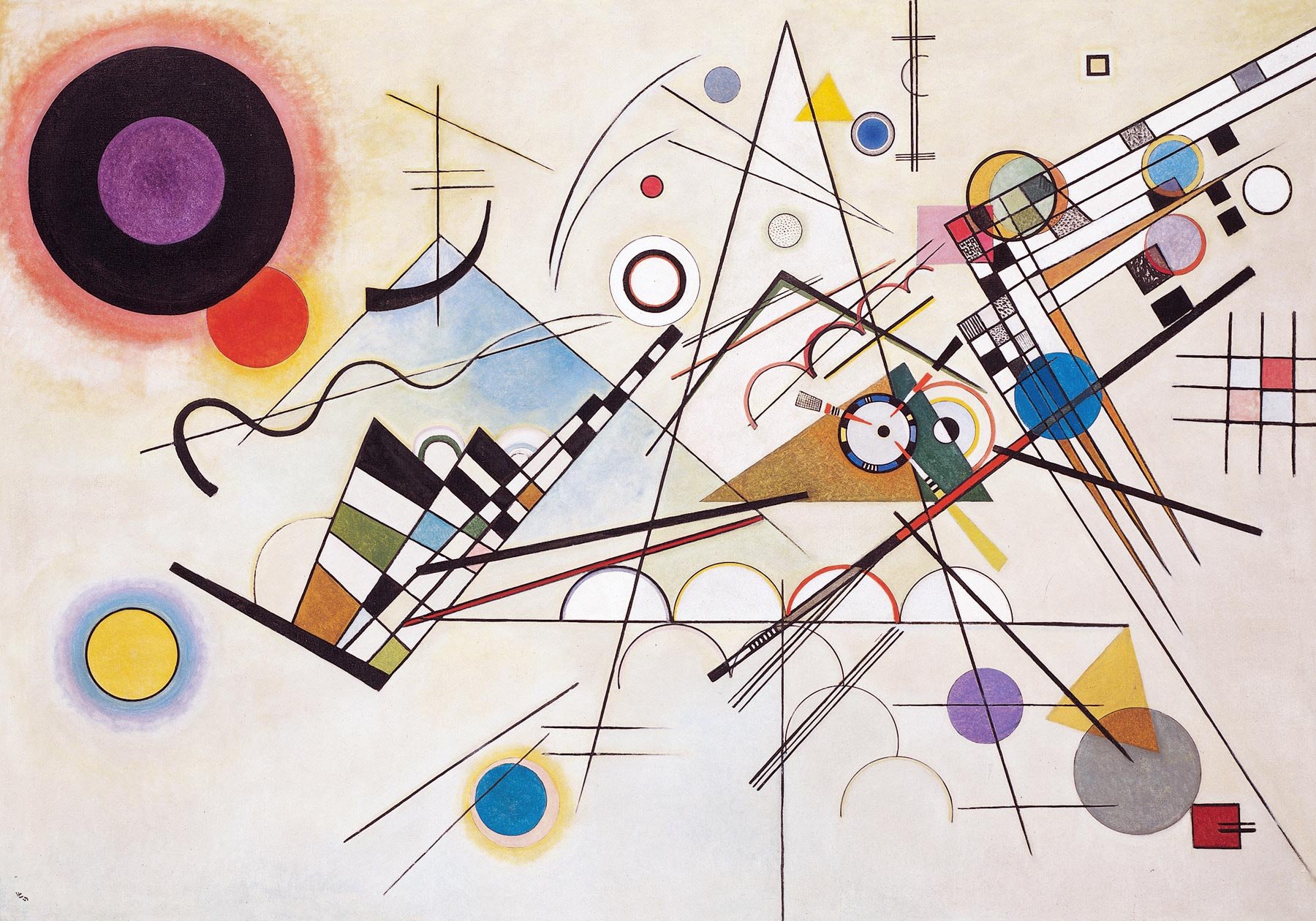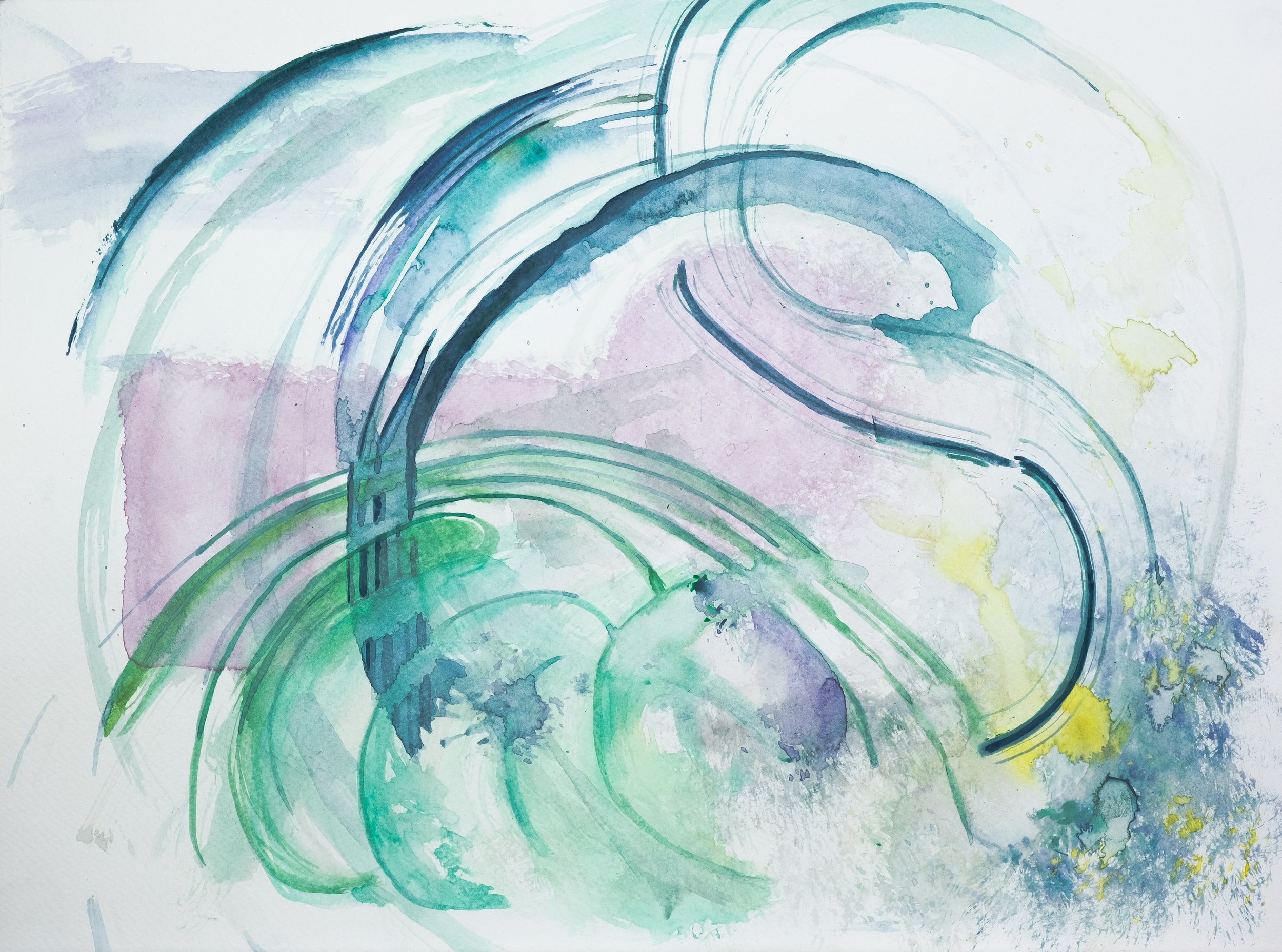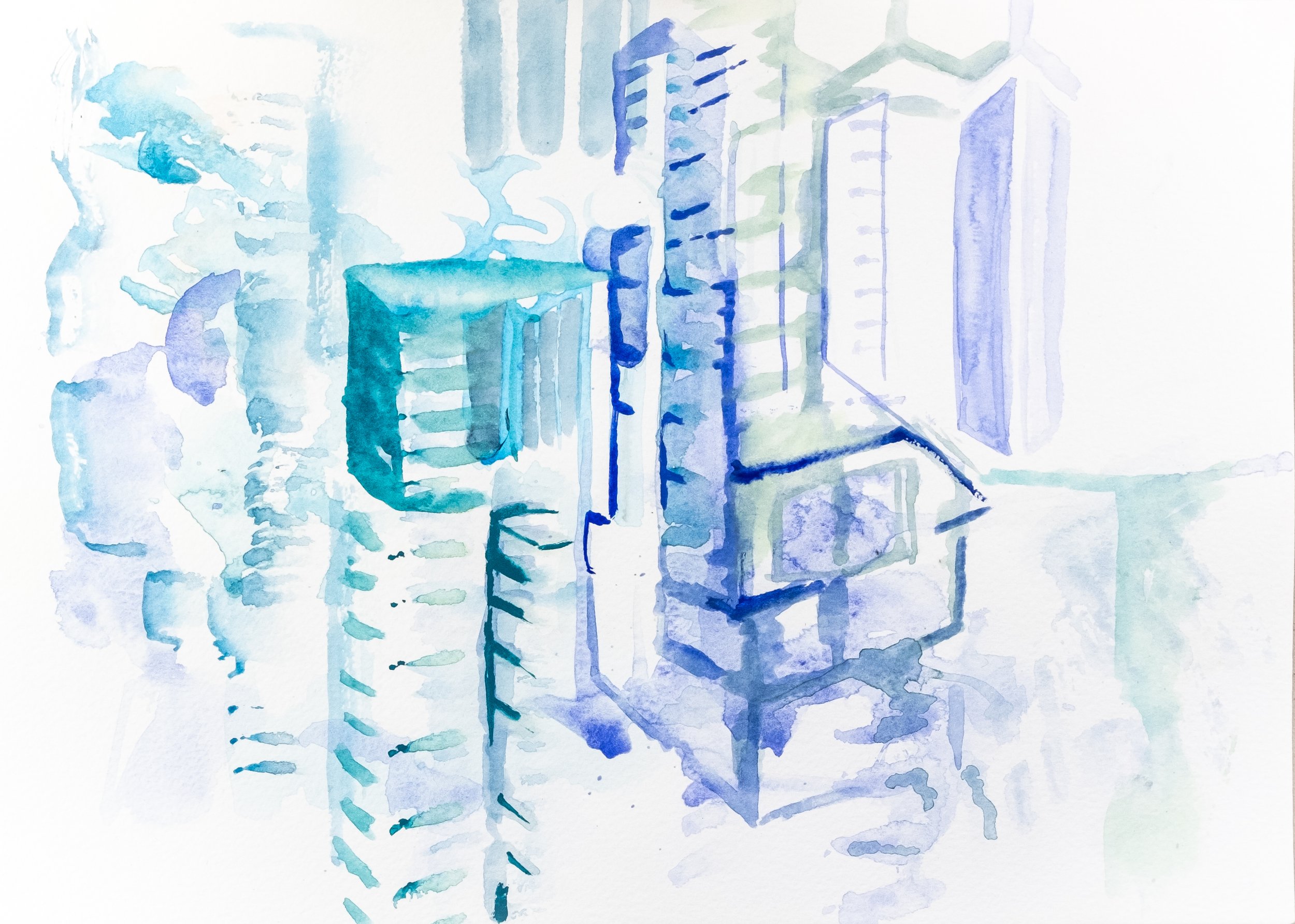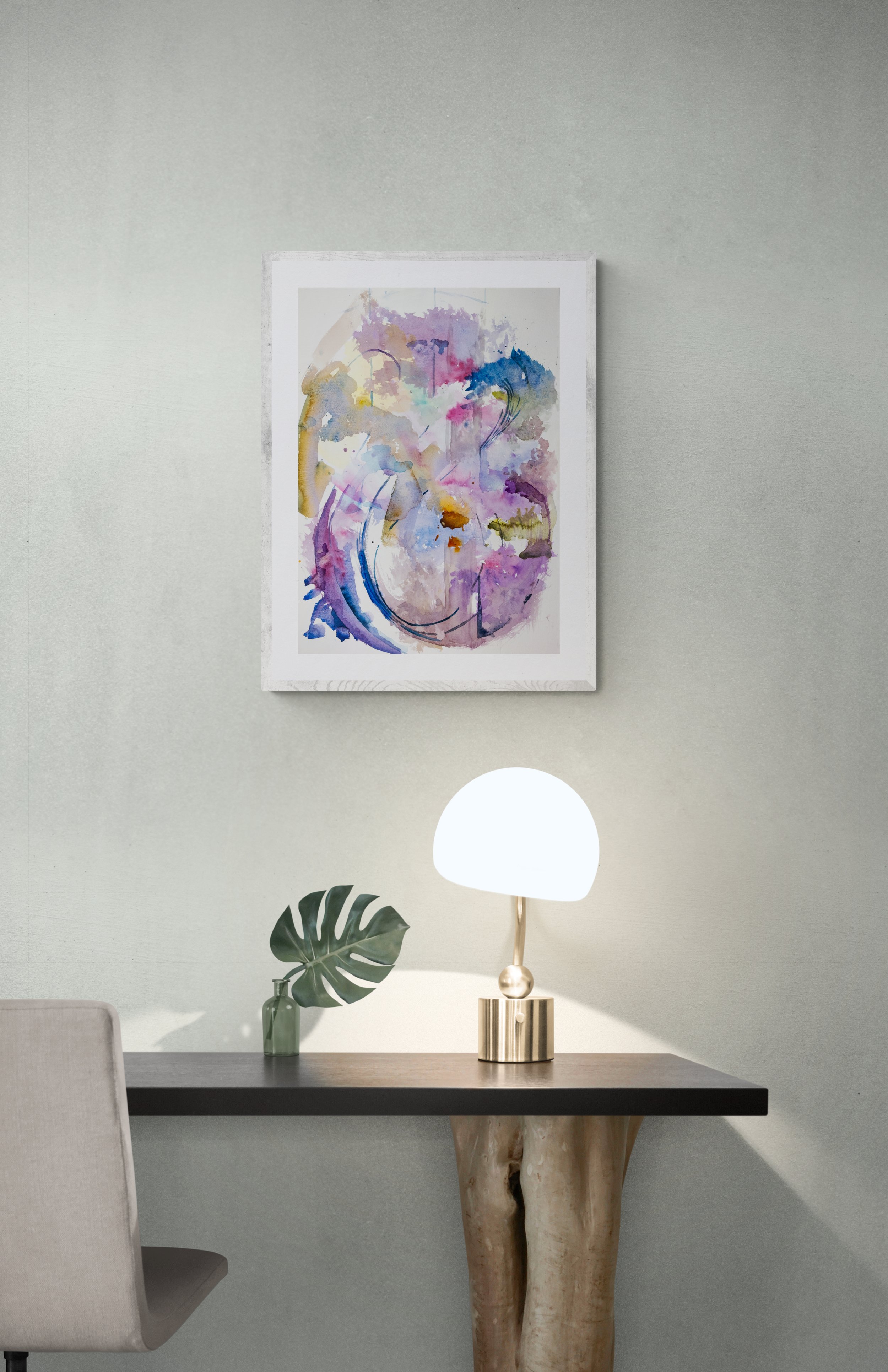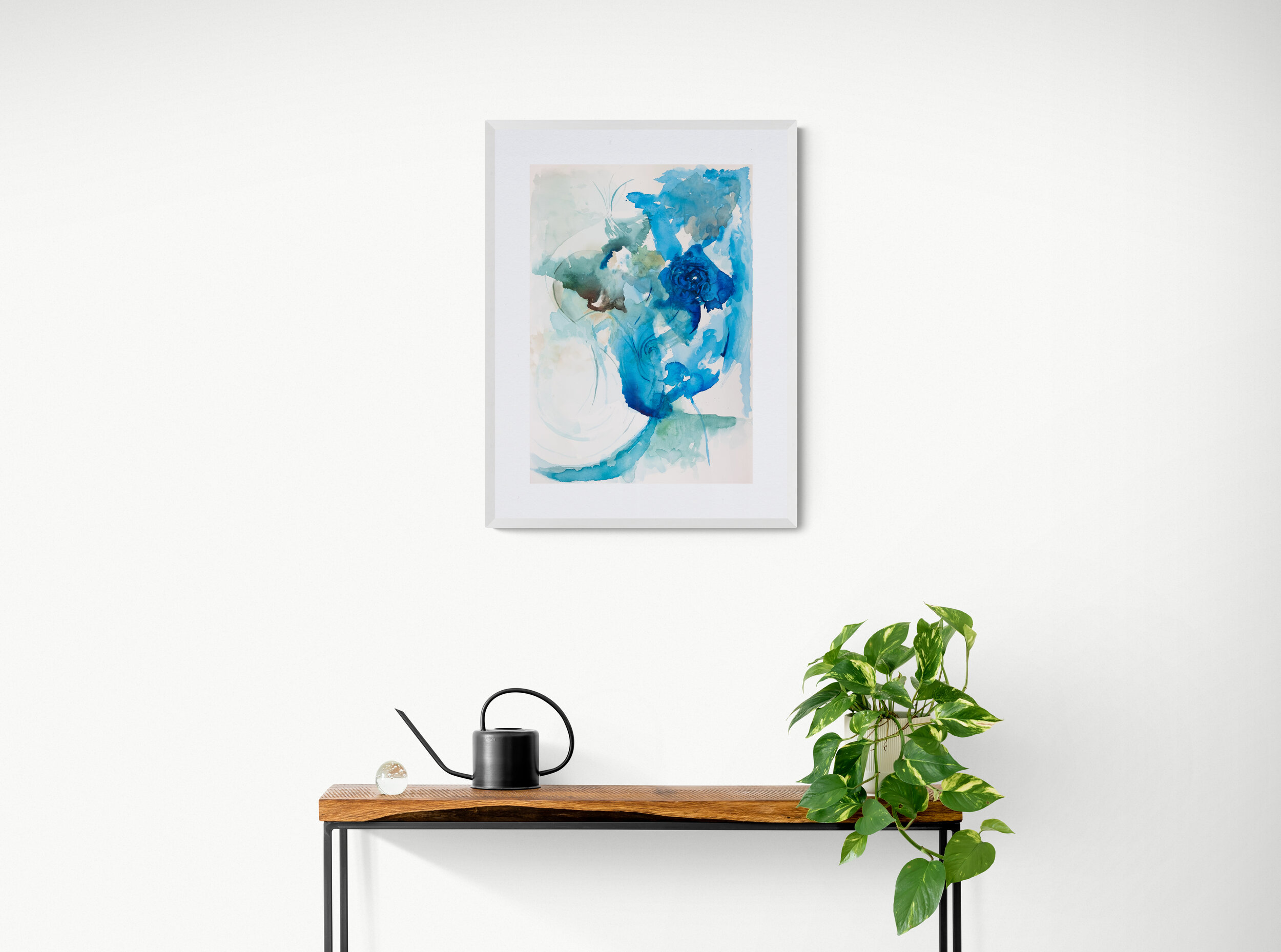november 2021
Mindscapes
art & therapy
The mindscapes series is a reaction to the therapy that I have received over the past year to treat depression; including CBT, SSRI medication and a personal exploration of art therapy. It is an attempt to fully understand how and why art can be utilised as an effective form of therapy.
I have conducted some research amongst my peers/Instagram followers to find out how others have responded to therapy in an attempt to better understand the feelings of depression & how they have an impact on being active in day to day life.
I have decided to present my artworks over three parts as I have discovered that the process of art therapy is layered:
expressive - getting something out
meditative - exploring the environment
analytical - taking time to consider the outcomes
In the first part of this artistic exploration, I want to show the expressive phase; often born out of the frustration that depression can produce, as there is quite often an initial difficulty in articulating emotions or thoughts. This difficulty can stem from an unawareness of what the trigger or cause for these feelings may be, but also a worry that sharing this with others can feel burdening and perhaps lead to feeling judged or misunderstood.
Why Art Therapy?
Recent events have forced many people into a state of isolation, loneliness or boredom, and the process of drawing and painting has proved to be very meditative and source of calm for me during times of experiencing low mood or anxiety. For this reason, I believe it is important to explore art as a form of therapy which allows the individual to actively take control of difficult thoughts and feelings.
Earlier this year I set out to discover how engaging with art could be used as an effective alternative to drug-based treatments, such as Selective Serotonin Re-uptake Interceptors (SSRIs) - a type of anti-depressant including Sertraline, Fluoxetine, Citolopram etc. I had been prescribed Sertraline in 2019, but the only knowledge I had of antidepressants and their effects was speculative, and so all I could do was anticipate what my response to the drug would be.
There was a very immediate reaction in the form of muscle tiredness/fatigue that made me want to lie down and relax, and a cloudiness that seemed to supress conscious thoughts. But they worked. I only noticed this after several months of taking them, but I hadn’t felt very many extreme lows that may have previously prohibited me from taking certain opportunities. However, the cloudiness still remained, which bothered me a lot because I had noticed that I hadn’t engaged with some of my most loved interests including reading, writing and learning languages. This was largely due to difficulities in concentration, but I also felt a loss of interest, or a need to engage in these activities for self-fulfilment.
I was determined to find out if others had similar experiences with SSRI medication and so I conducted a survey among a small group of peers and colleagues. I asked participants to rate on a scale of 1-10 how likely they were to experience particular side effects from anti-depressants. The results were varied, however, there were a few notable discoveries in the data, including a lowered sex drive and difficulties in concentration.
See full tables of results below:
One participant recalls a ‘wave of fatigue’ that happened ‘within hours’ of taking the prescribed medication, similar to what I had experienced. Another mentioned that although their ‘mood is lifted… I get bored easily with certain tasks…can’t concentrate or take in documents/books as easily as I could before’.
Only 63% of those participants had been notified of the possible side effects of antidepressants with their doctor before being prescribed the medication(s). Almost all of those who took part in this survey had made no plans with their GP to eventually stop taking the drug, with many saying they could only explore alternatives when they prompted the discussion themselves.
50% were told about other possible therapies, including CBT, but were asked to self-refer and in some cases join a 6-18 month waiting list to receive this treatment.
Others have noted that when they attempted to stop taking SSRI medication, it resulted in a ‘relapse’ of symptoms due to the difficulties withdrawing, and consequently had to medicate again.
What is your experience of SSRI medication? Do you feel the results from my personal research reflect your own experiences?
EXPRESSION
WHAT DOES DEPRESSION FEEL LIKE?
To help me describe the turmoil of depression, I asked some of my friends and followers to recount a time when they’ve had difficulty with their mental health. Whether it is something they confront on a regular basis, or if it is something which has surfaced in an isolated incident, their words paint a familiar picture of overwhelming grief and frustration:
“disappointment and lack of self belief”
“still not enough”"
“not good enough or worthy”
“anxious, socially anxious, scared and frustrated”
“I cannot control or perfect all problems”
“depressed and with suicidal thoughts”
‘Turbulent’ is the best word to describe depression for me. I can compare it to turbulence you might experience whilst on an aeroplane, except that usually comes with a warning from the pilot so that you may strap yourself in and prepare for a bumpy flight. It’s something that can be quite unpredictable, but manageable if you are equipped with the right tools to endure it.
You are unlikely to get on a flight without experiencing a little turbulence, but the magnitude is varied and dependent on so many factors linked with the weather; a natural and unpredictable force.
In this scenario, you could imagine the turbulent clouds as experiencing an unexpected wave of emotions, sometimes it’s a shock and depending on how informed your pilot is; you may be able to just cut through it and rise above the clouds with ease. Except we don’t always have the shell of an aeroplane around us to protect from the outside elements.
The process of art-making during these times allows something to surface, even if it is a messy pool of black and blue that you can’t stand to look at.
Keeping a small sketchbook is the best way to overcome the initial fear of engaging with art. I have often felt that anything I could possibly create would be a waste of paper, but this is the best place to explore emotional expression; in a small book you can just close away that doesn’t need to be seen or judged by anyone but yourself. A sketchbook is a place to explore ideas, unleash stress and make a mess.
The watercolours have been a perfect companion for this method of artistic exploration for me, as I can relinquish control over the medium and allow the colours to run, drip, mix and interact with one another. It can very quickly create a satisfying pool of glowing colour to build upon. Sometimes the brush marks are quick, excited, and urgent, which can eventually evolve into more focussed and intricate forms and shapes.
For this reason, I believe the mindscapes to act more like unprocessed, unedited photographs; capturing a feeling which only exists in a precise moment in time, or state of mind. This is why the contents of each composition can differ dramatically depending on my emotional state at the time of its creation, my experiences and memories. The mindscapes are not only a reaction to the blank and empty page in front of me, but also a reflection of the world I see around me.
MEDITATION & ANALYSIS
AUTOMATISM
The mindscapes series began with a desire to create something with whatever materials I had to hand, without expectations or pressure over what the outcome may be. Many of the mindscapes portray an attempt to feel calm and at ease, and they are born from a necessity to pick up a brush or pen and do something to distract from difficult thoughts or emotions.
This process was initiated with pen drawings on paper and progressed into expressive abstracted watercolours. Each composition is created intuitively, where I allow my instinct to lead my brush or tools, as opposed to consciously pre-determining a subject and outcome.
I now use the process of art as an alternative to SSRI medication, but I used the time whilst I was on them to develop a ‘vocabulary’ with my art.
What I mean by that is: I needed to get used to the the feeling of doing art, exploring all the different ways I could apply brush or pen to paper – what kind of marks or lines would I instinctively create if I just dedicated the time and space to do that.
This was important because whilst experiencing depression, it can make normal everyday activity very difficult, so it is useful in therapy to have an activity that is easy to do.
.
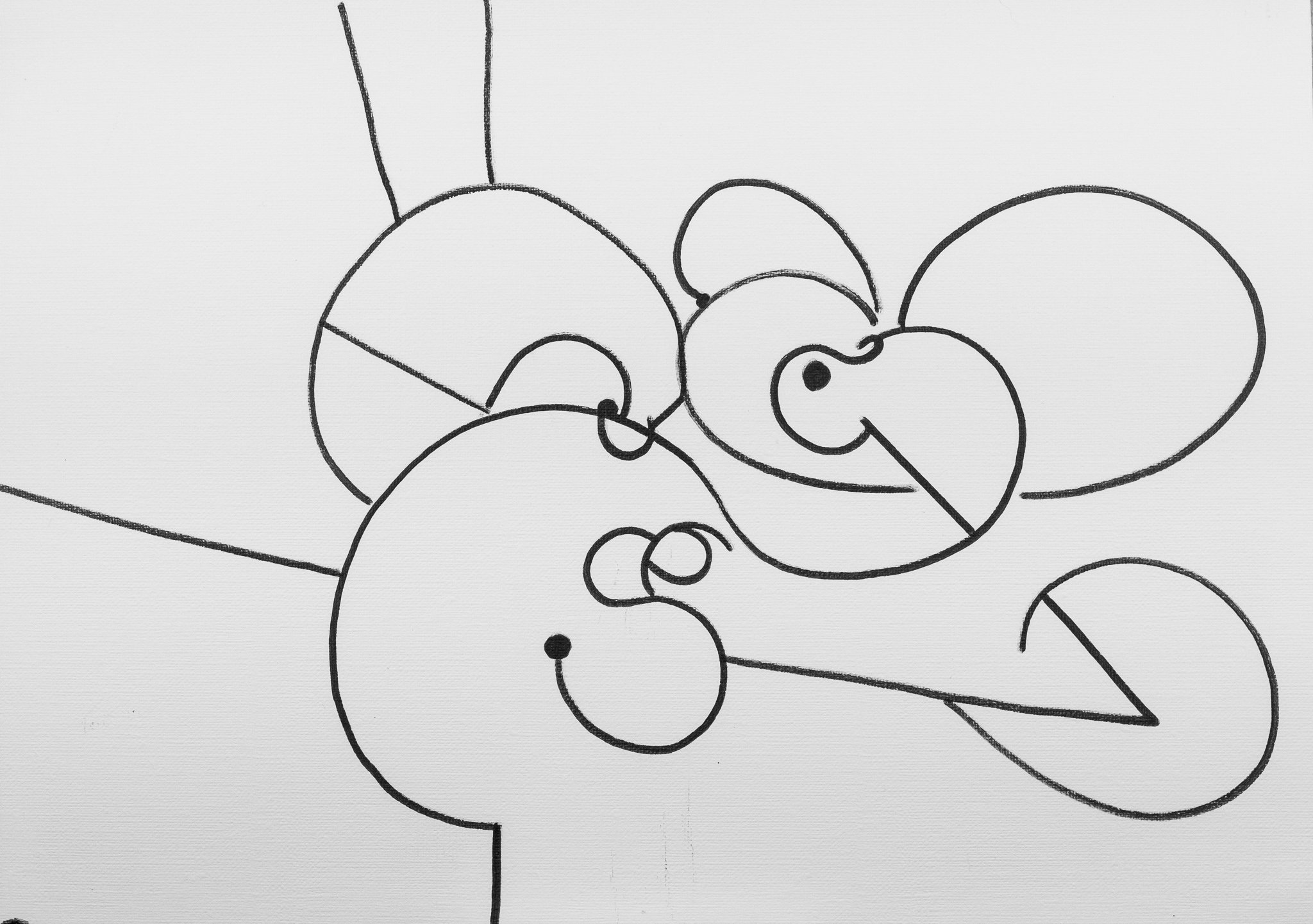
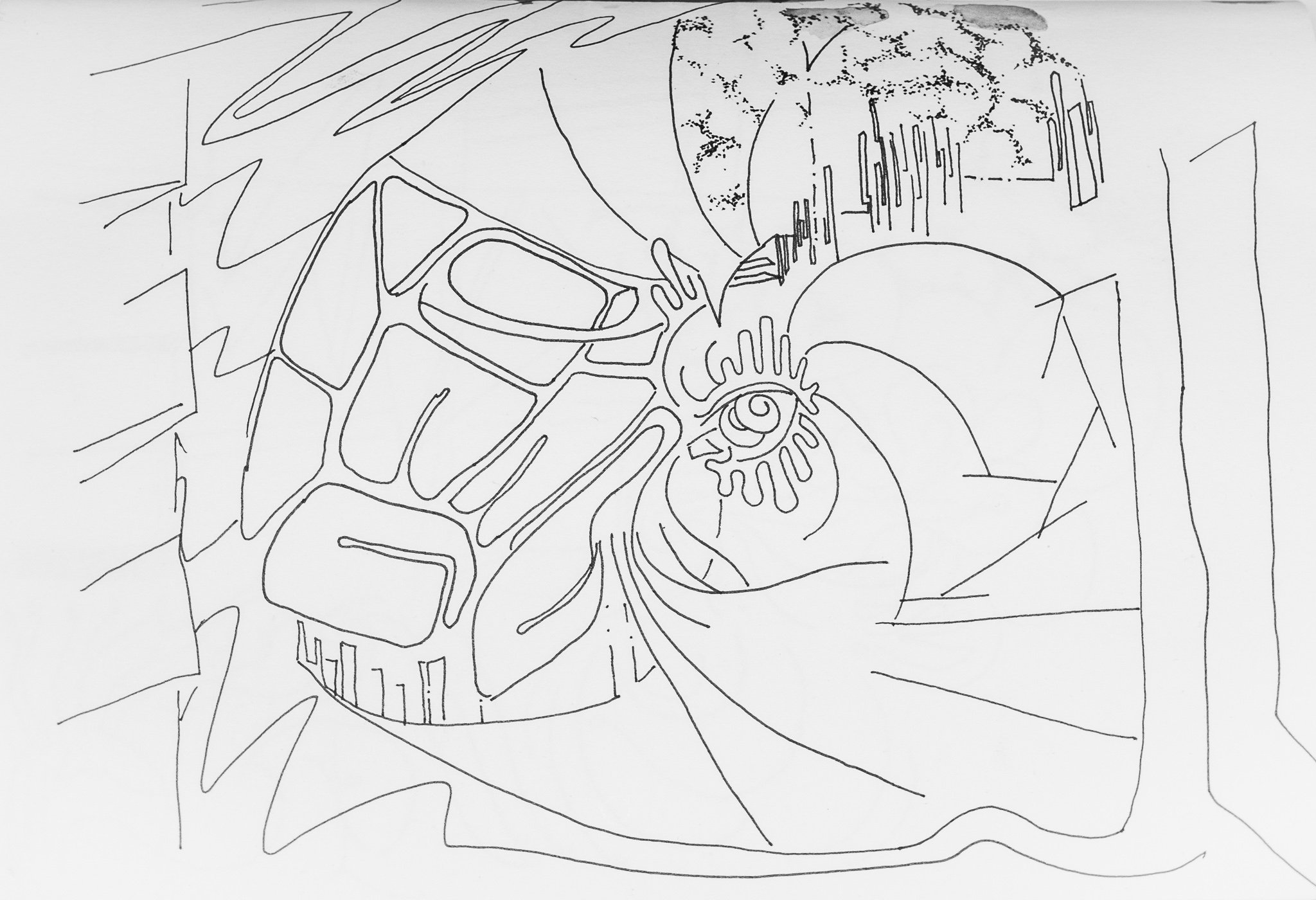


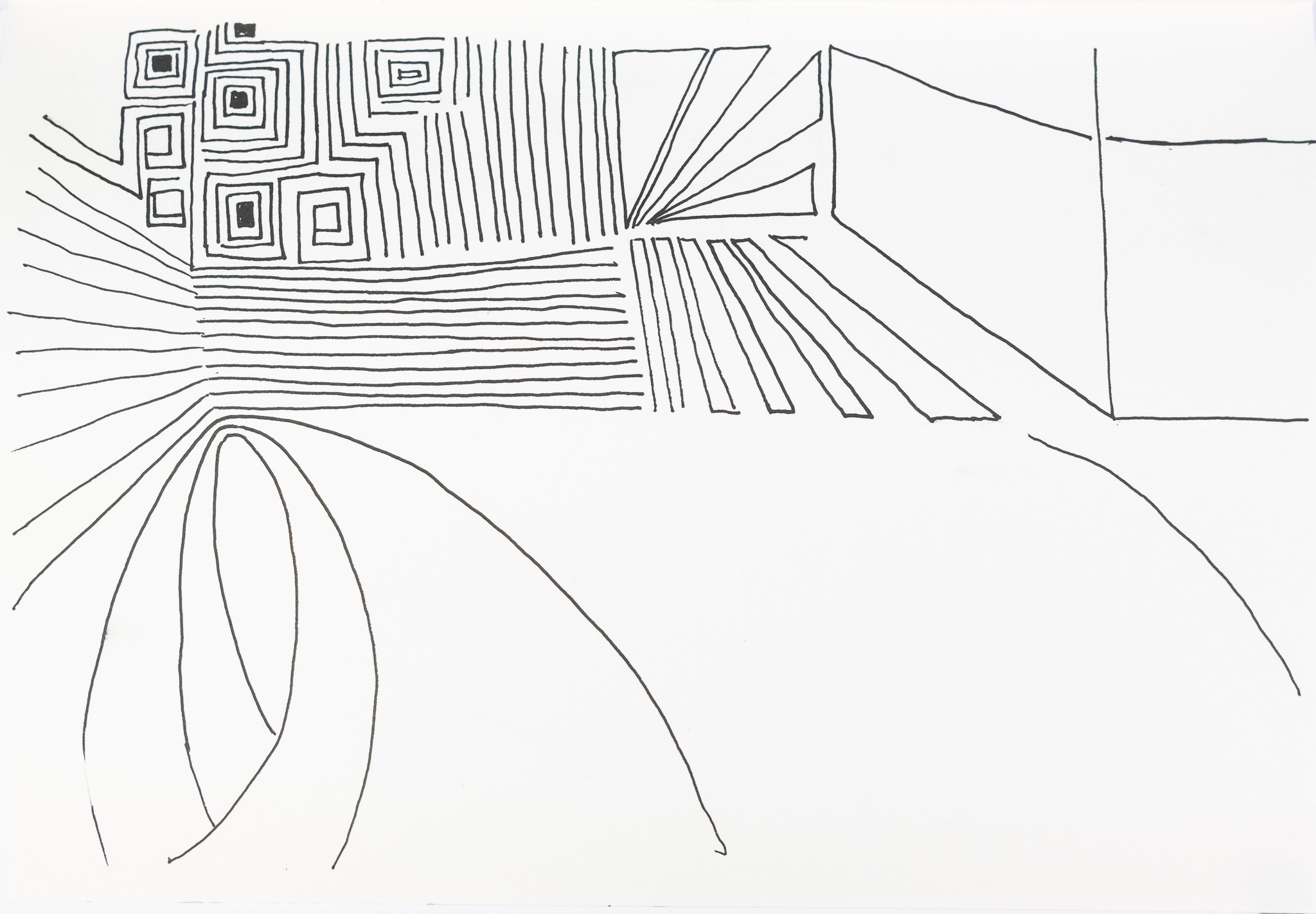

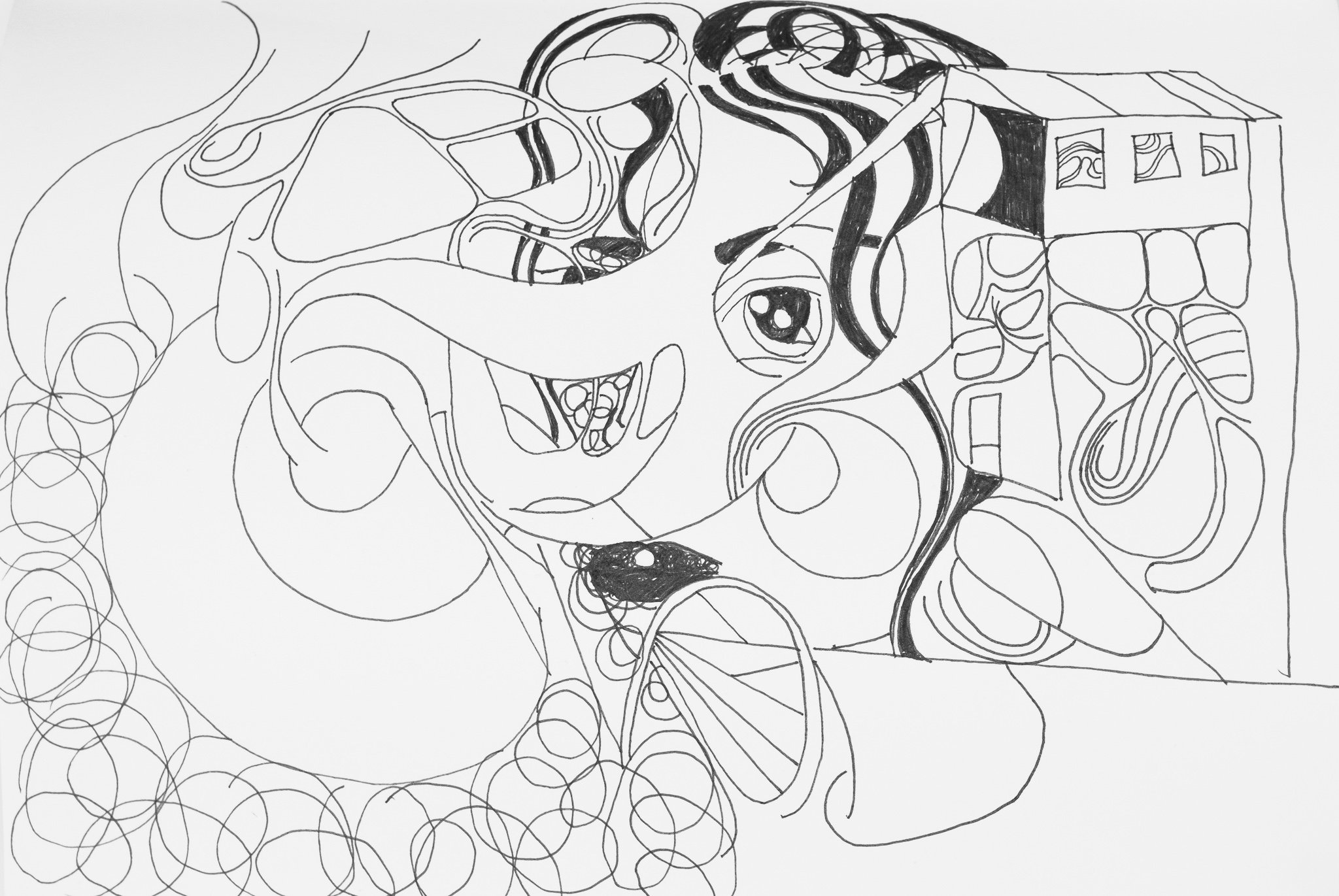

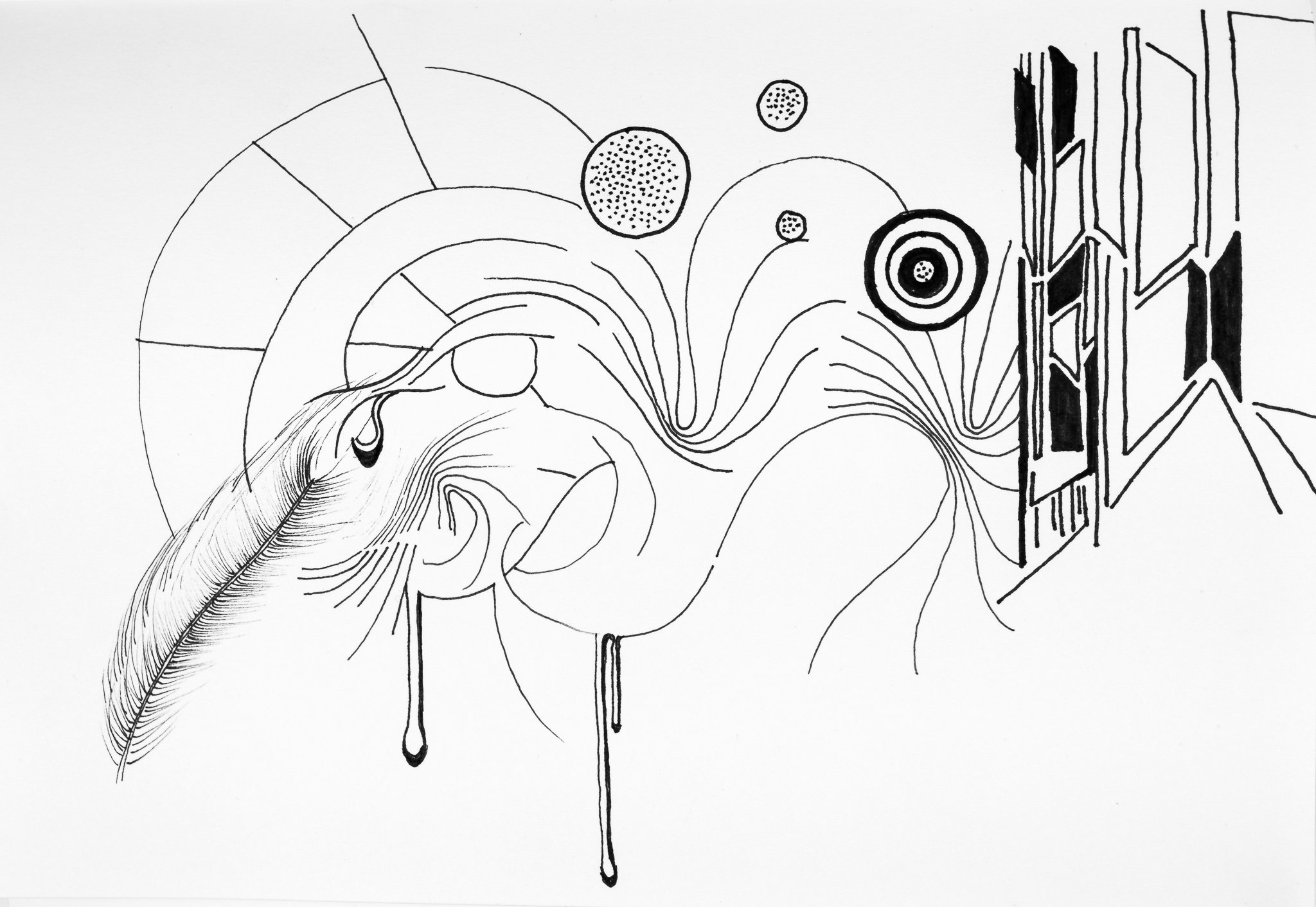

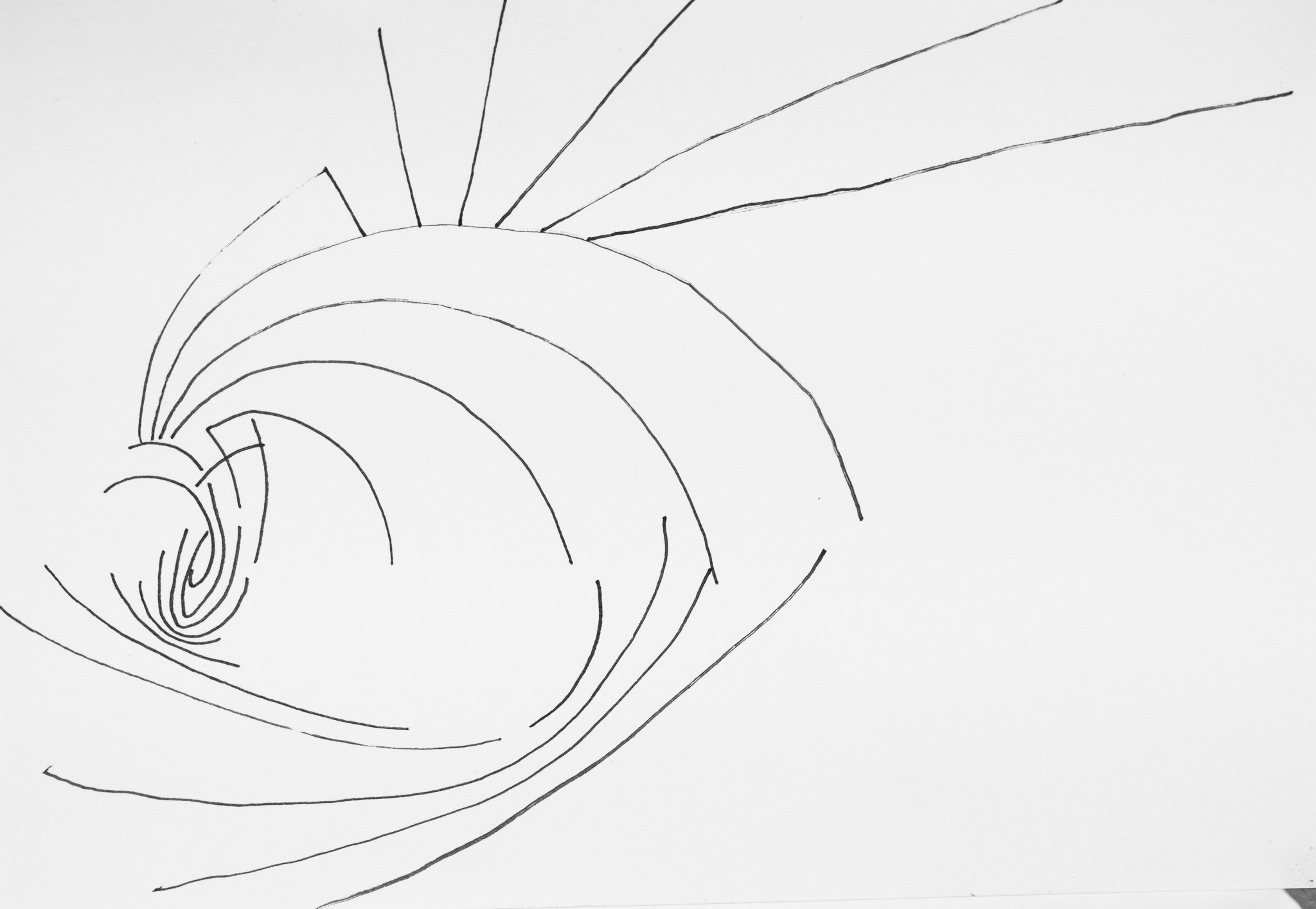
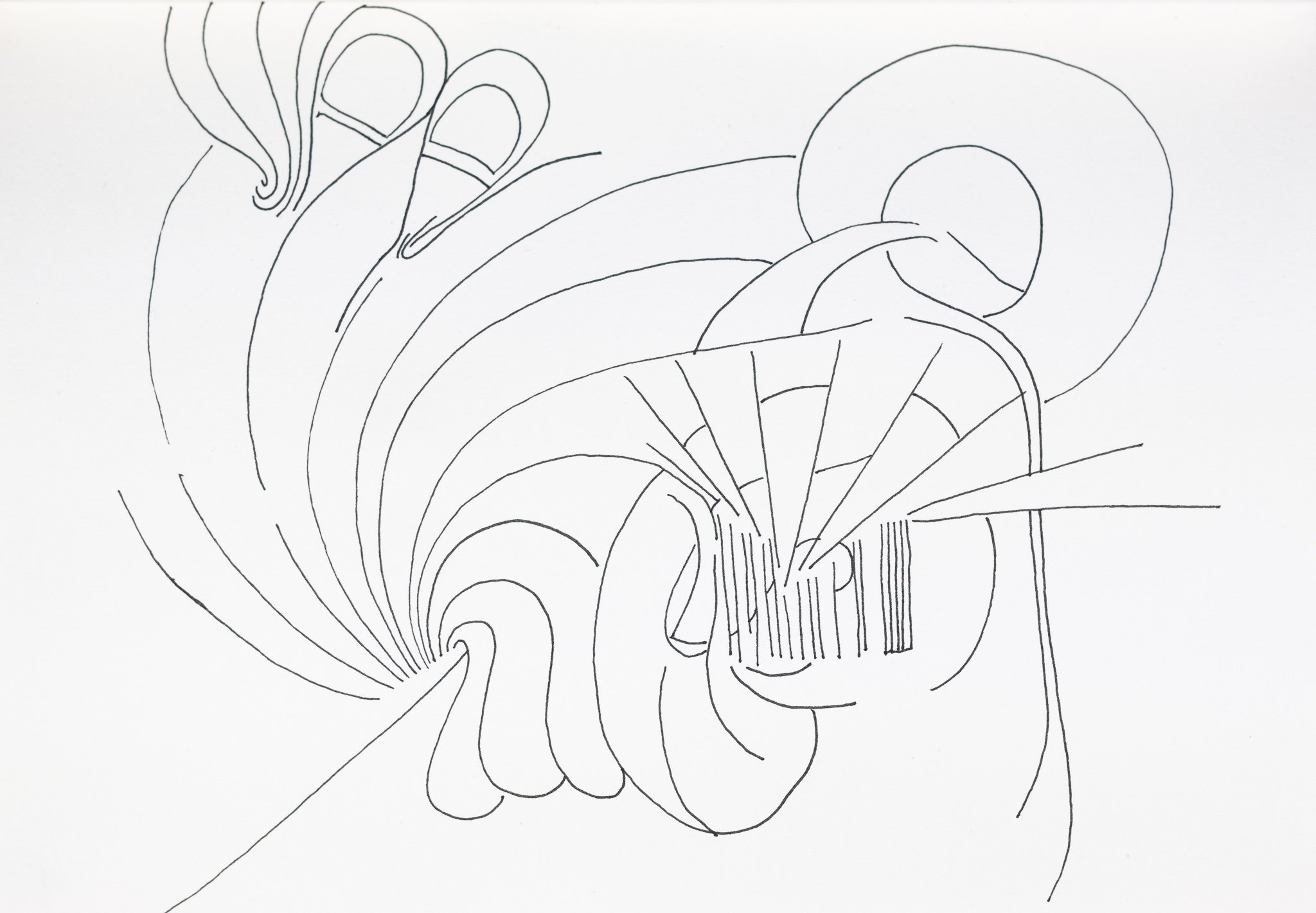
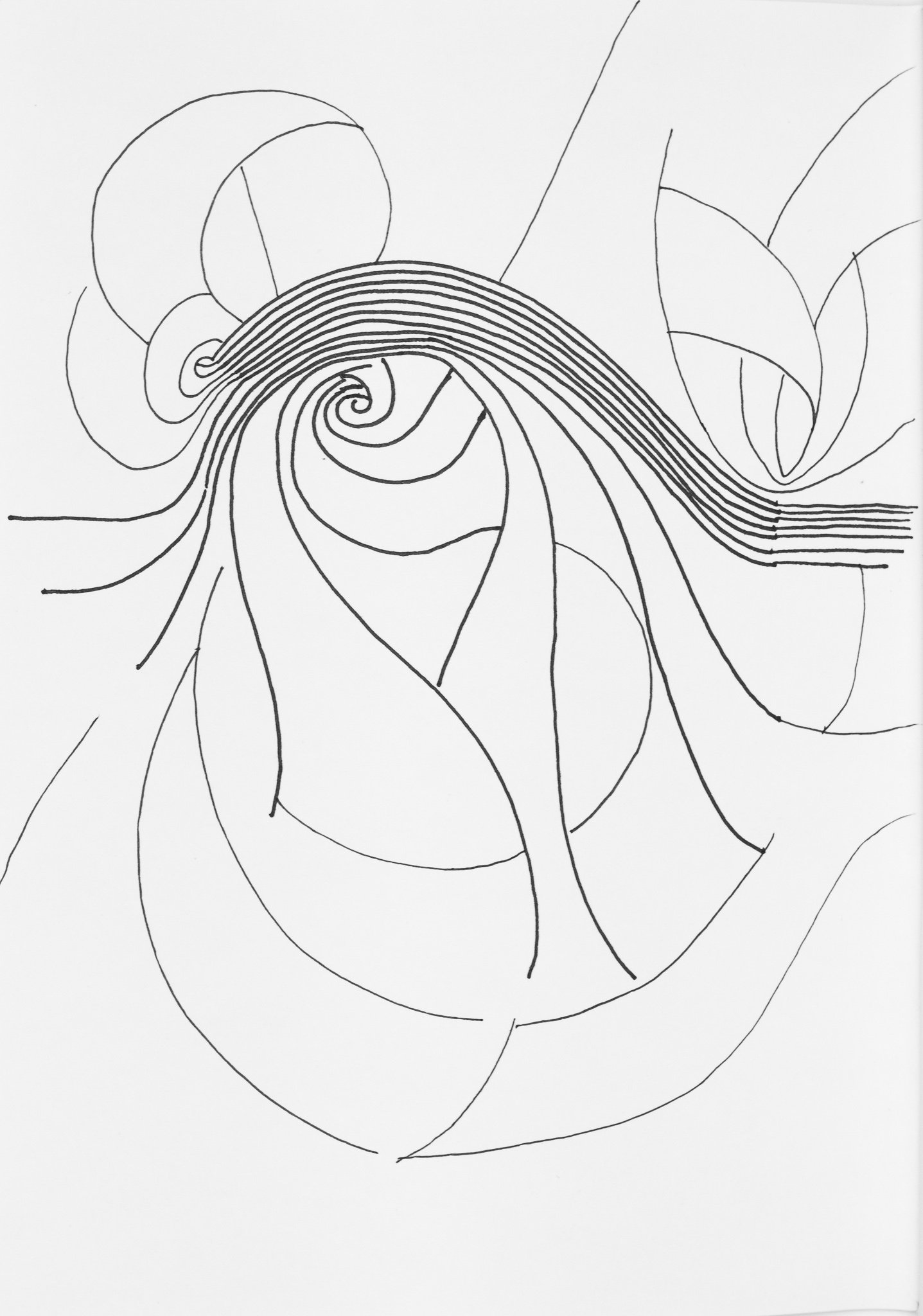
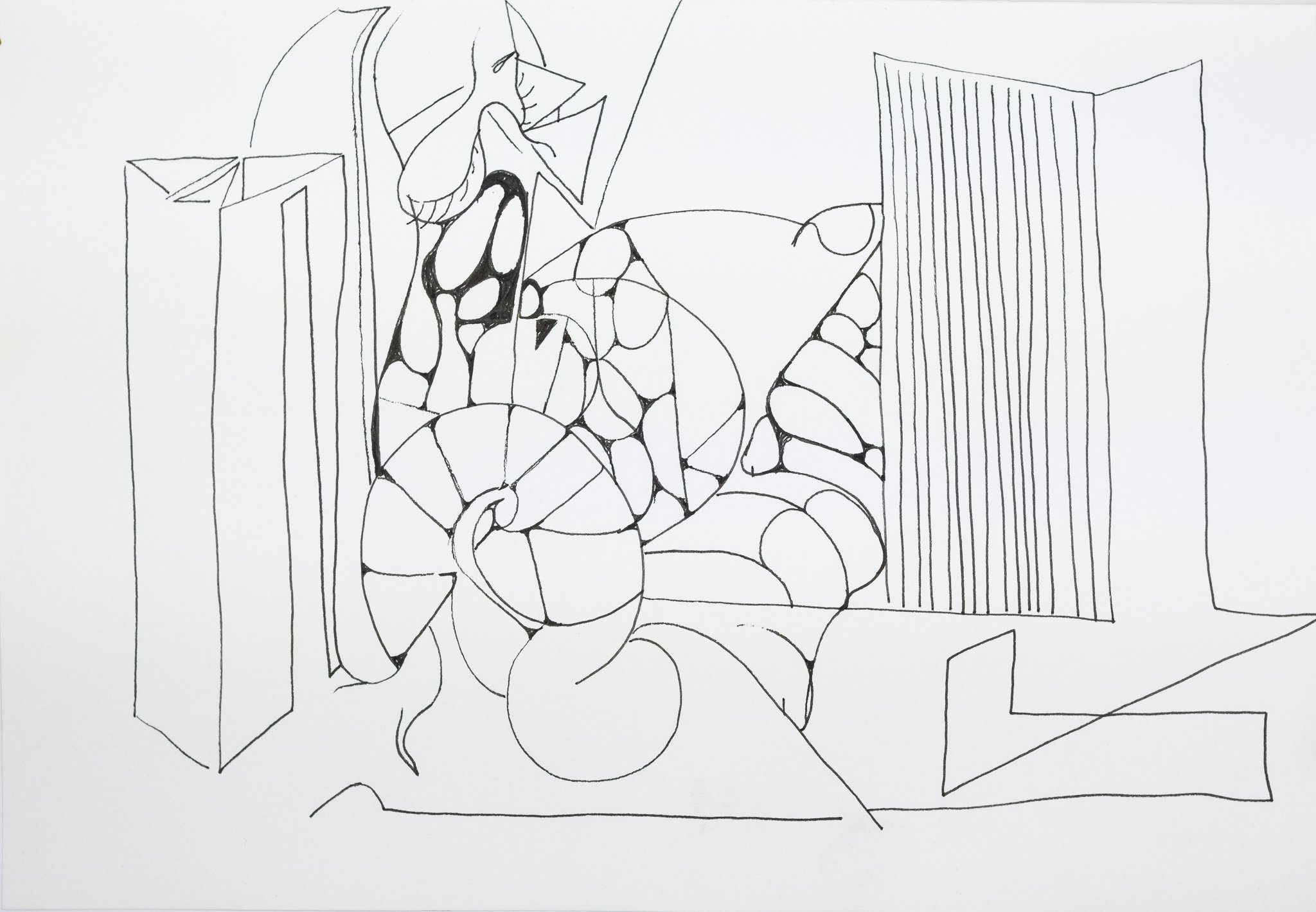



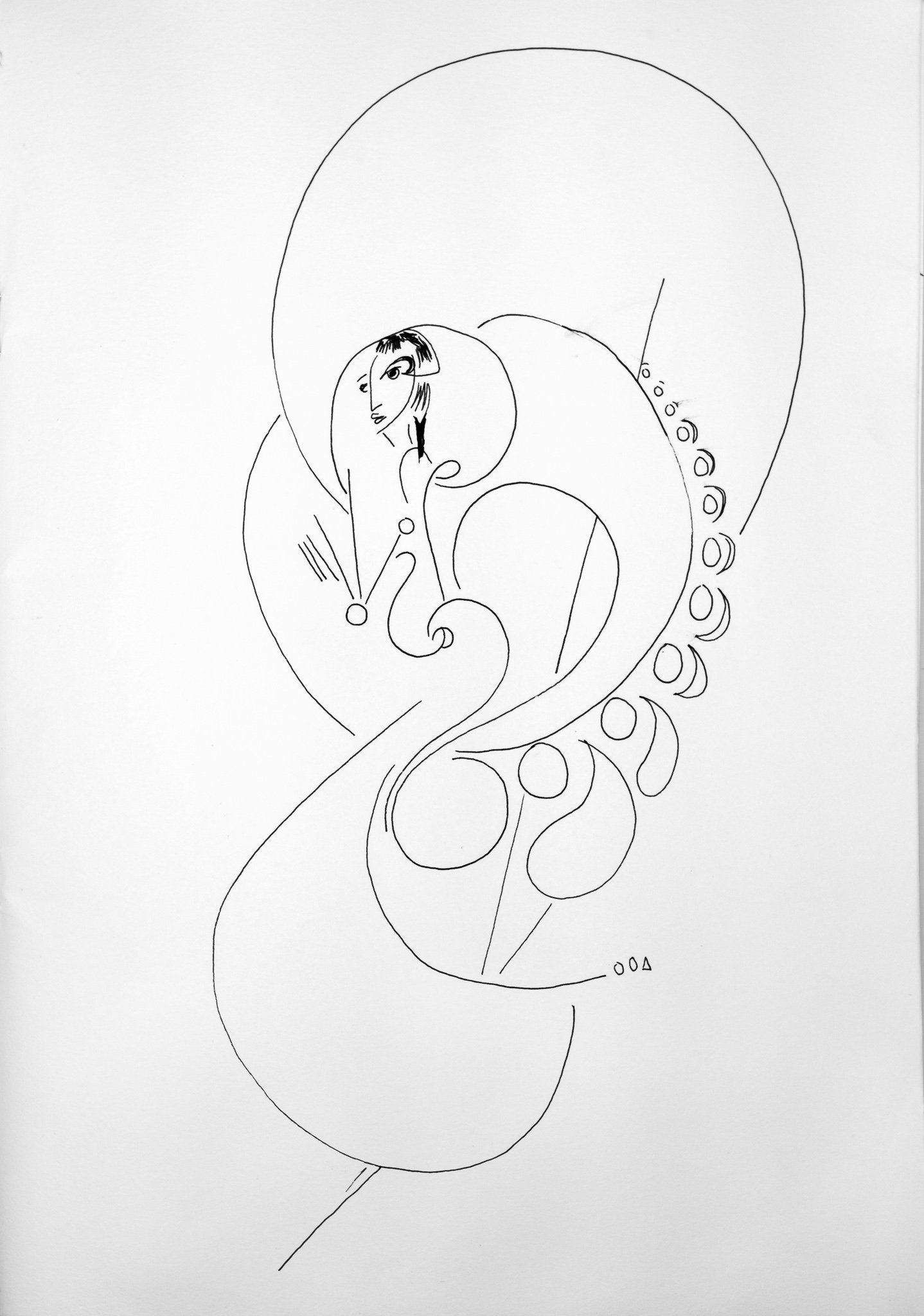
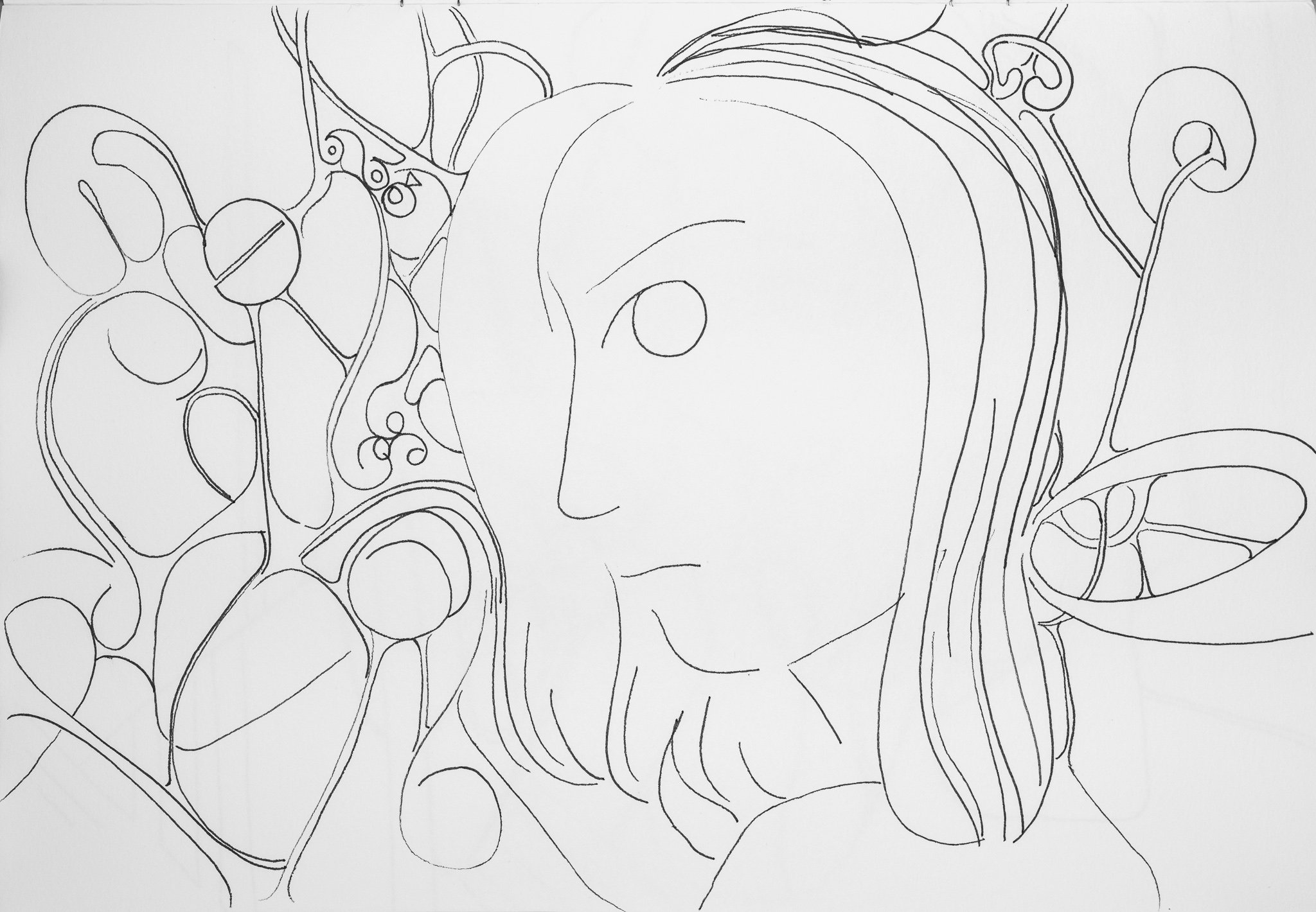
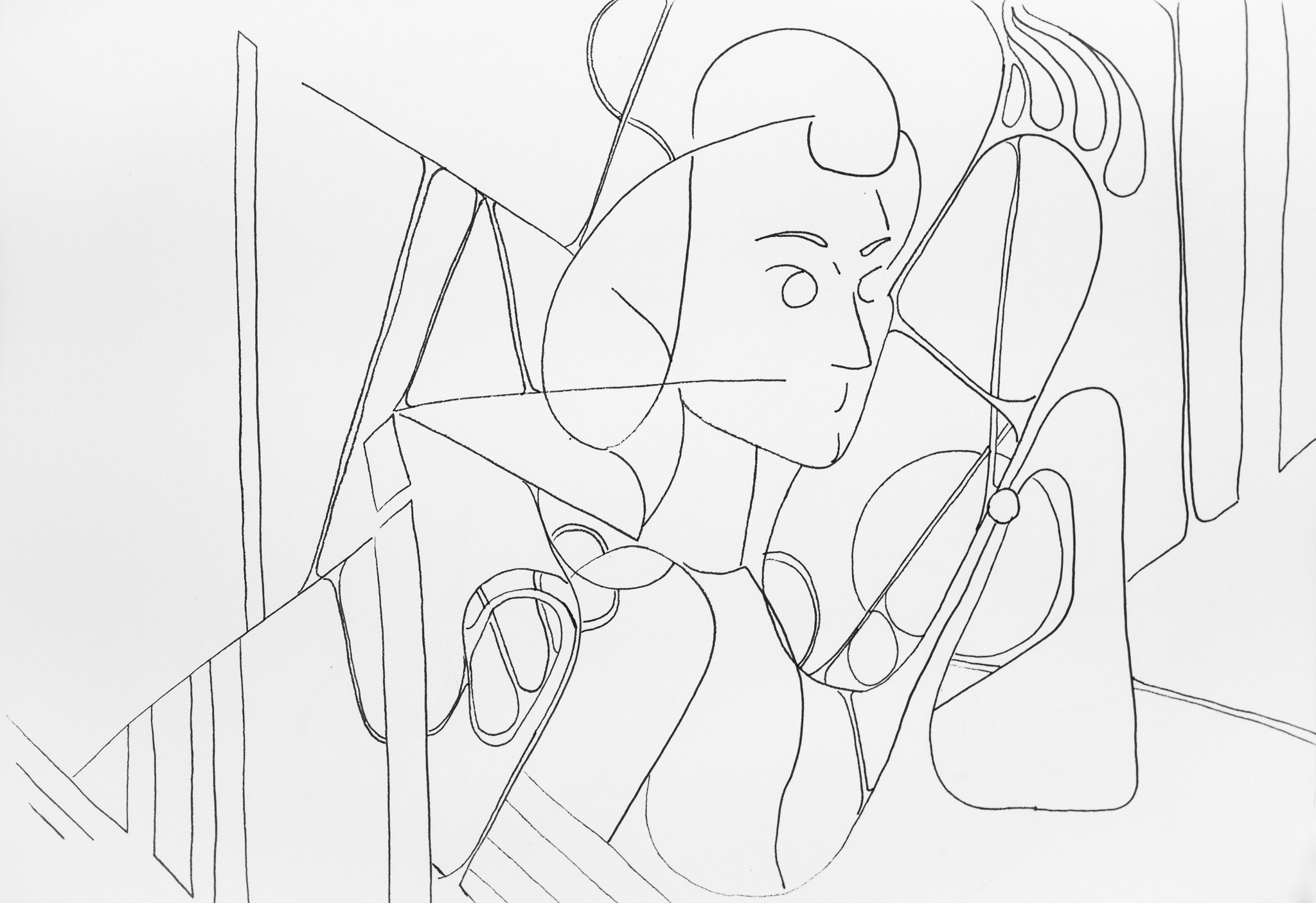
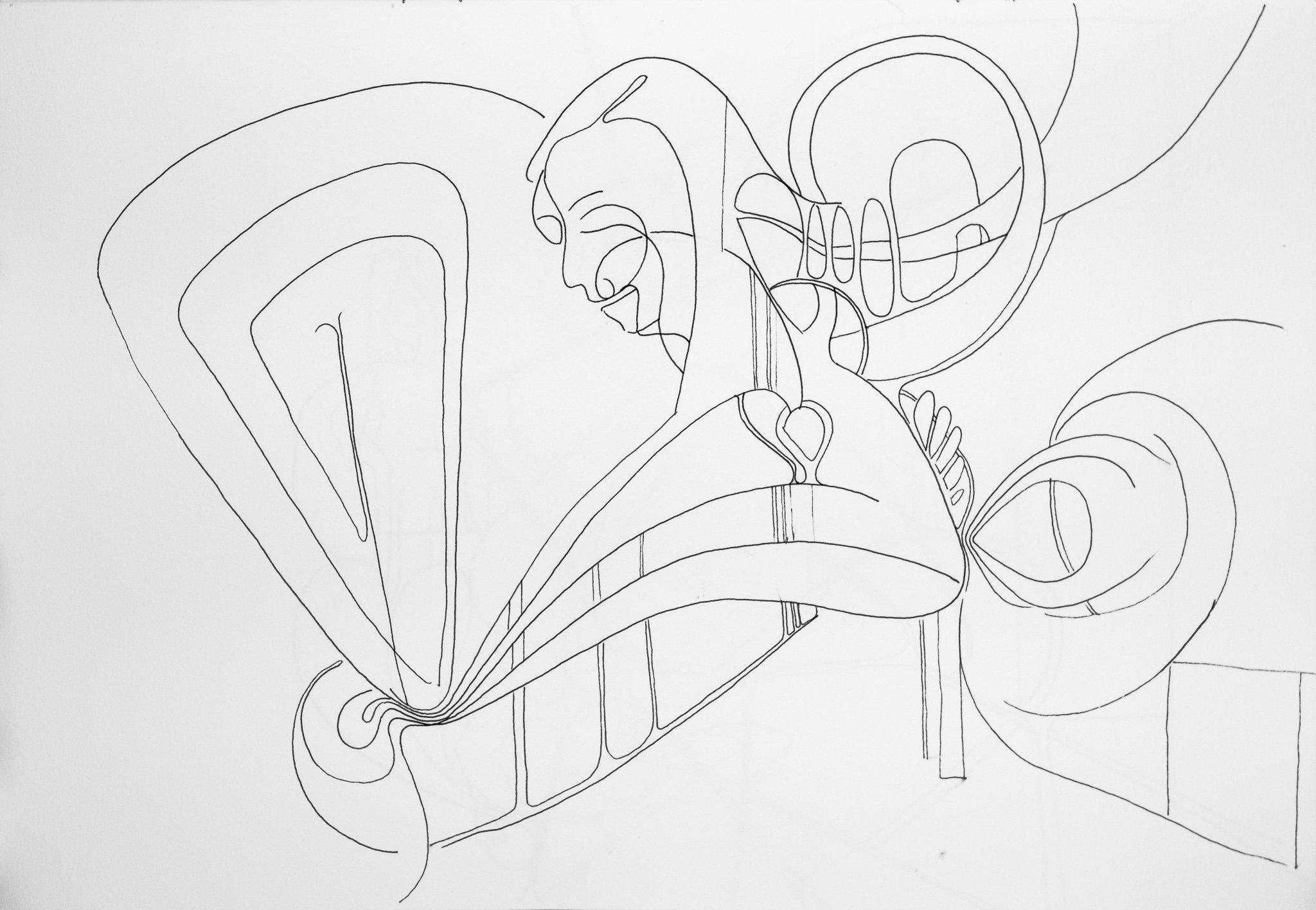
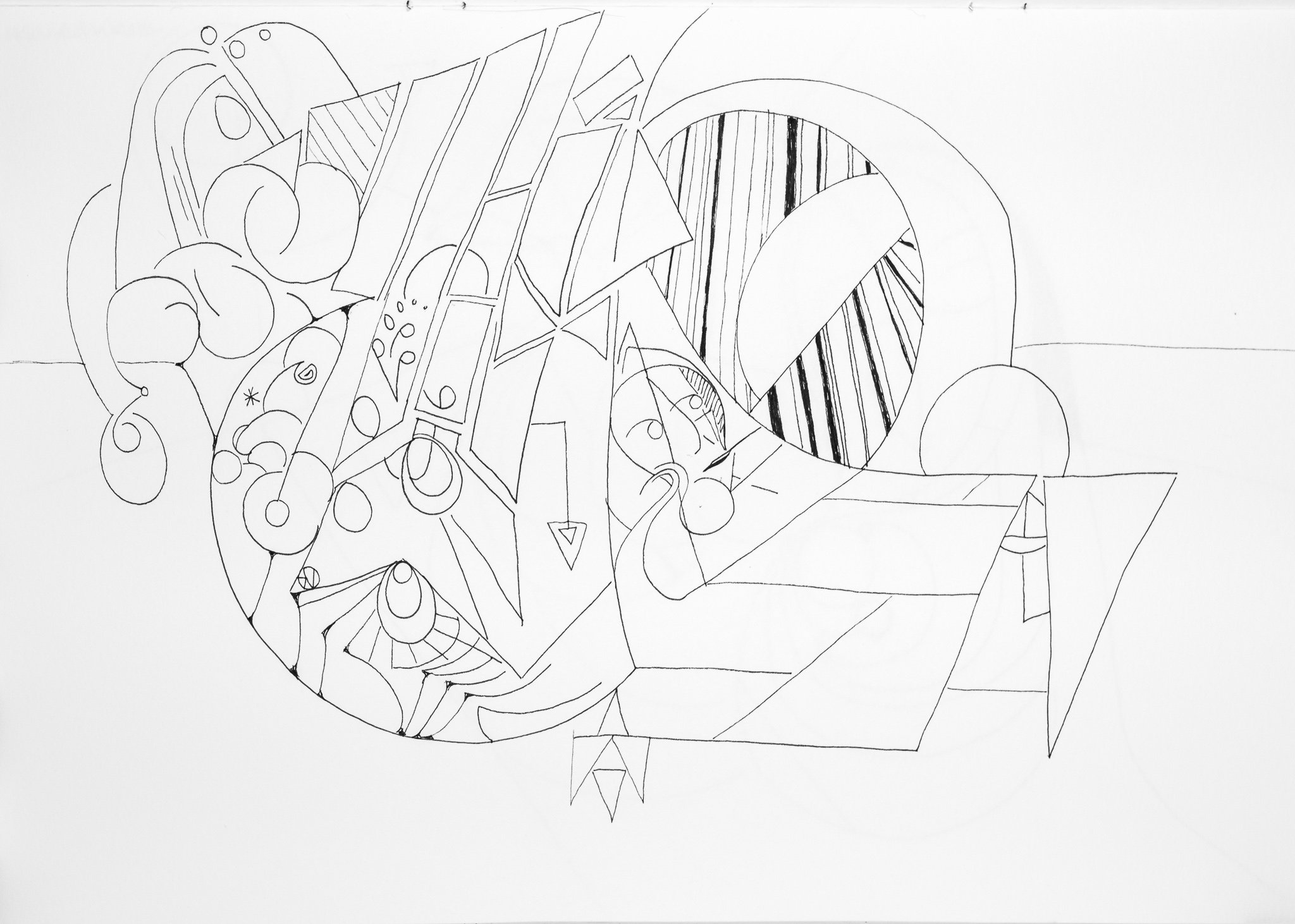
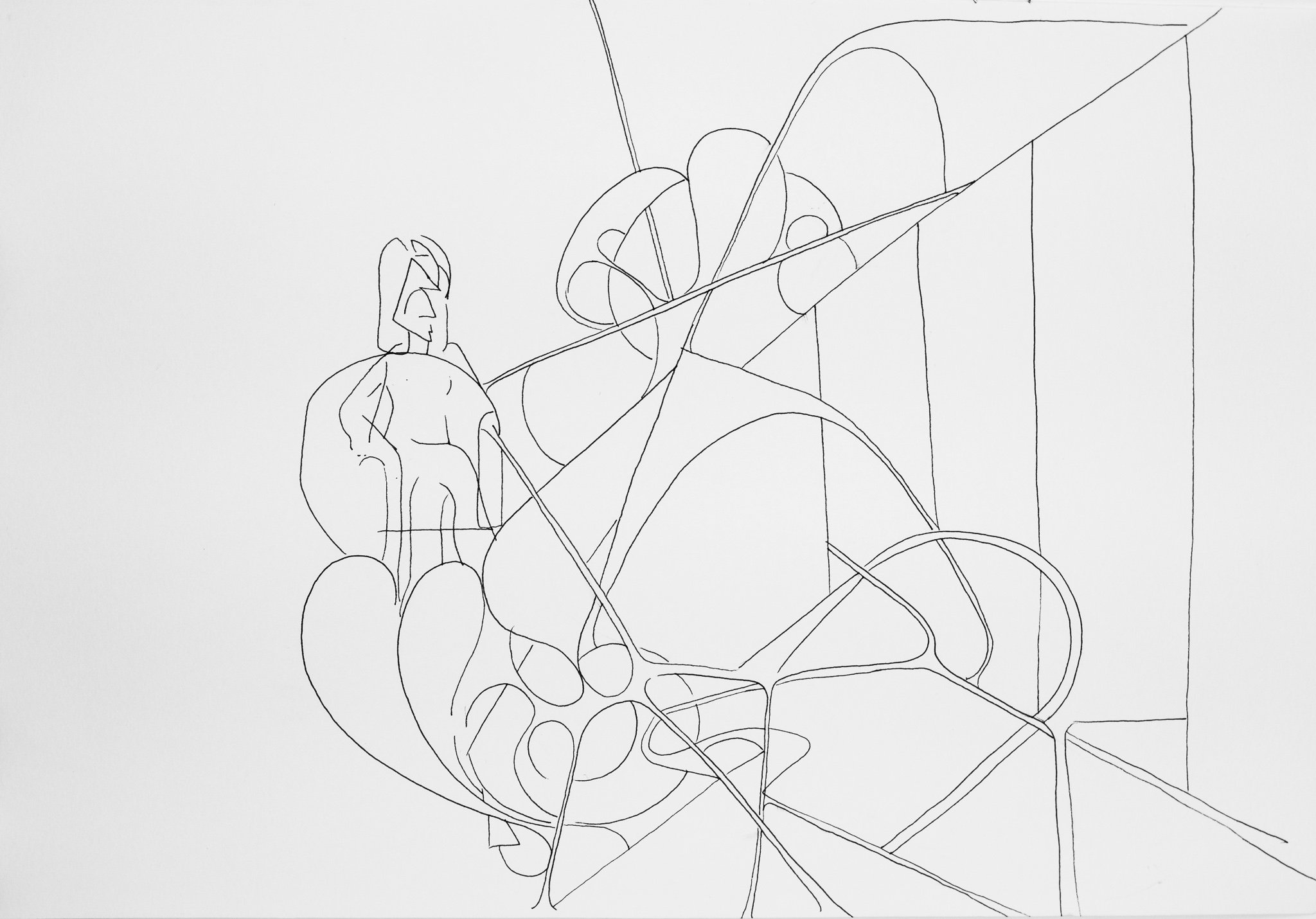
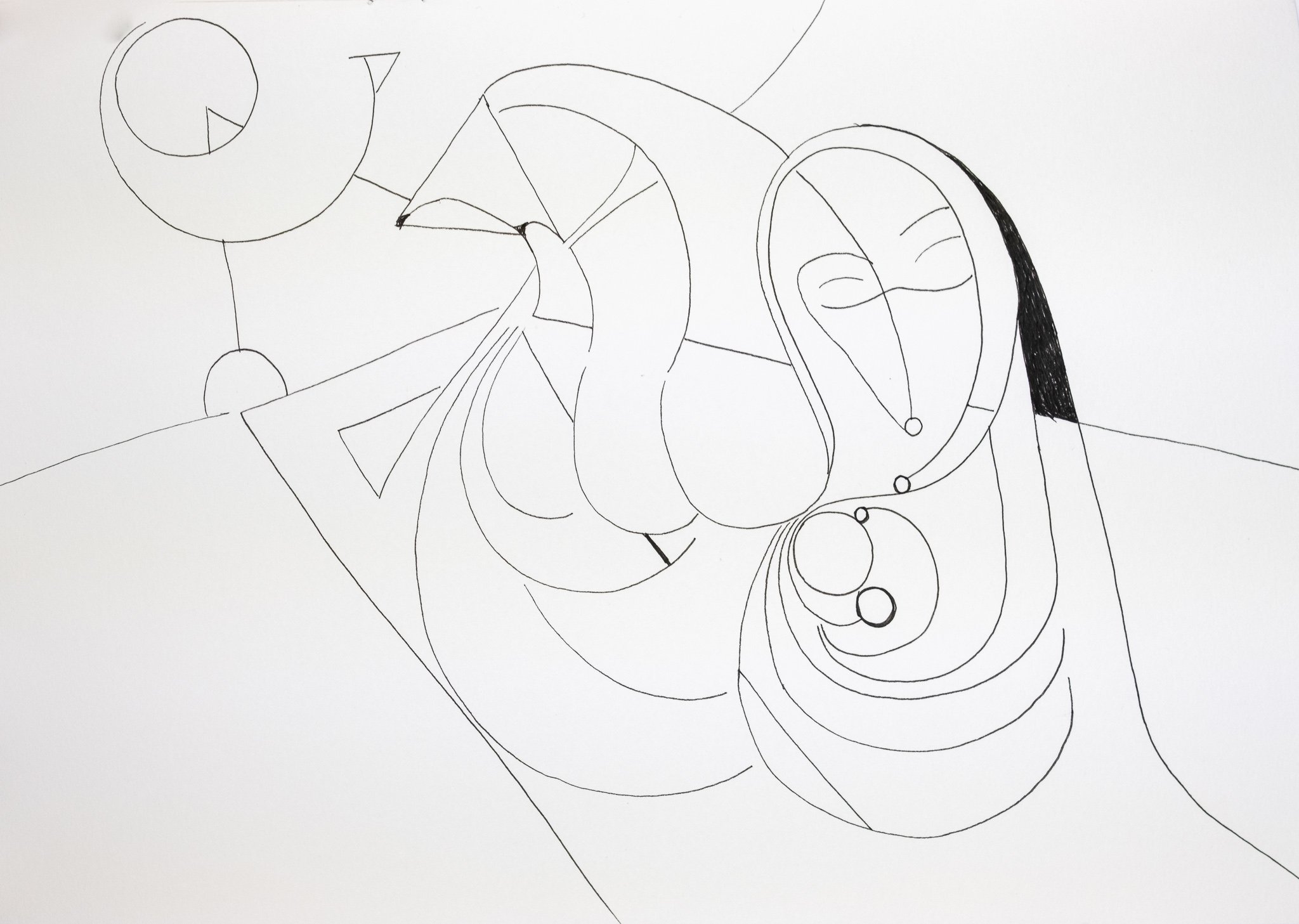
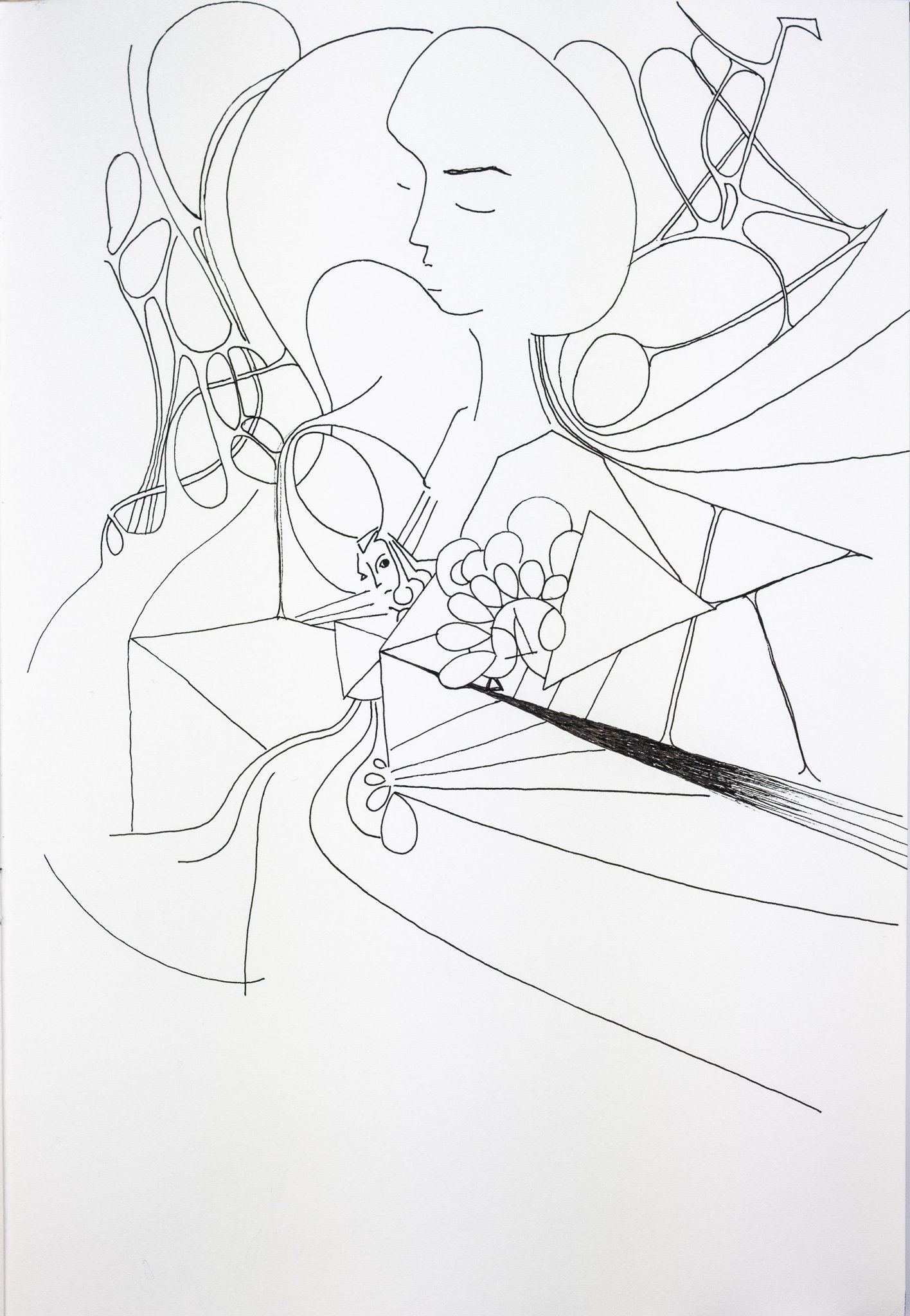
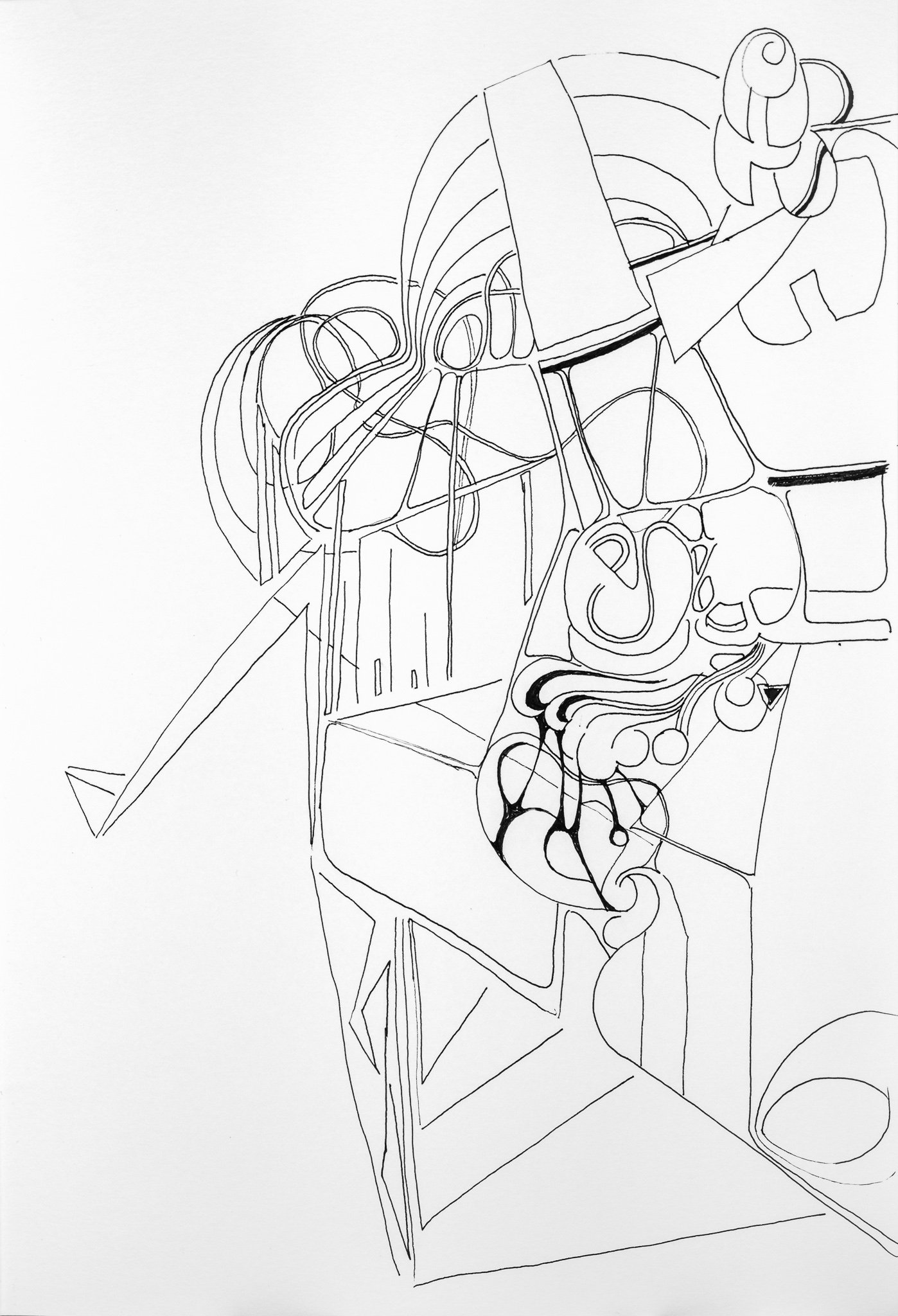


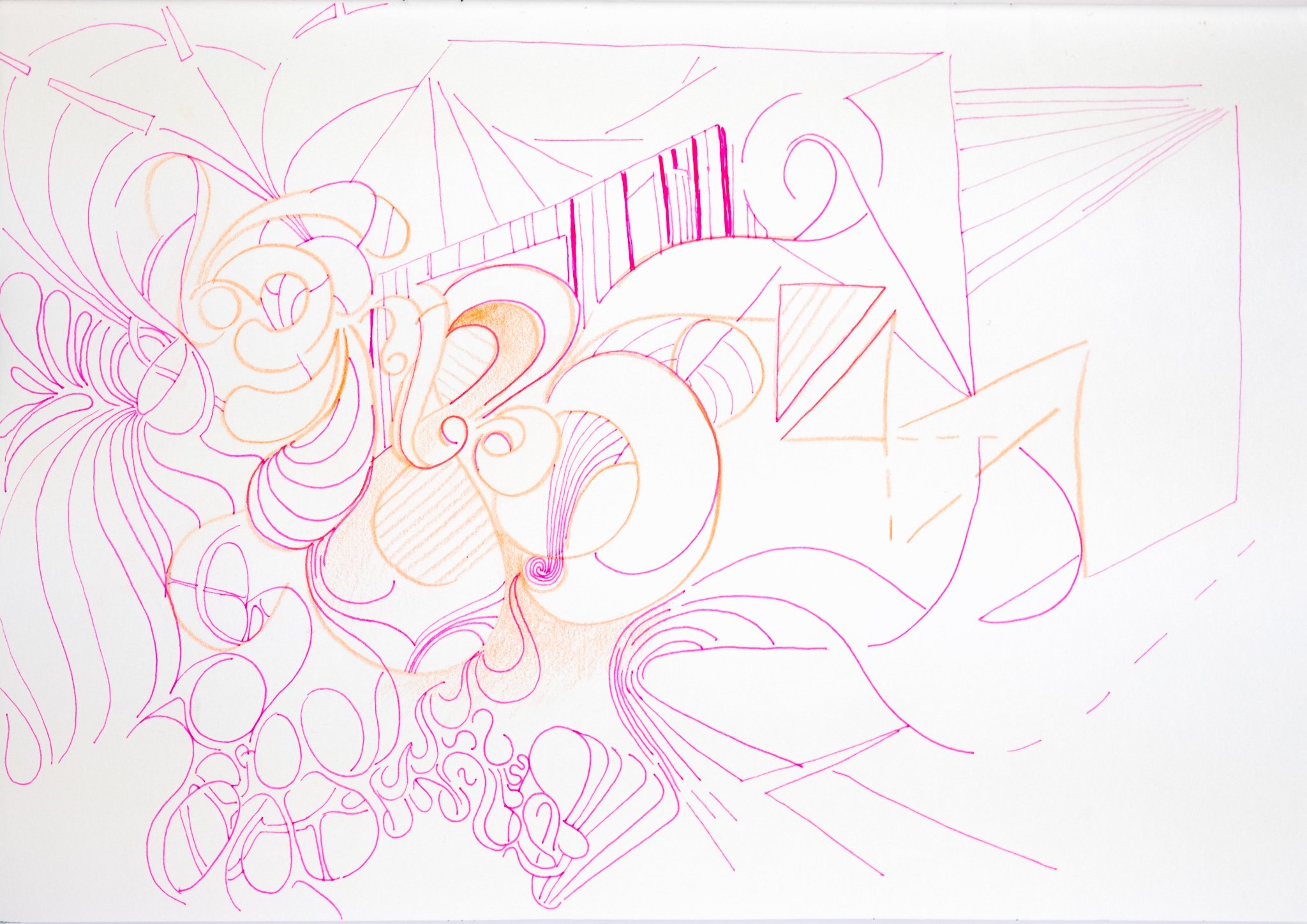
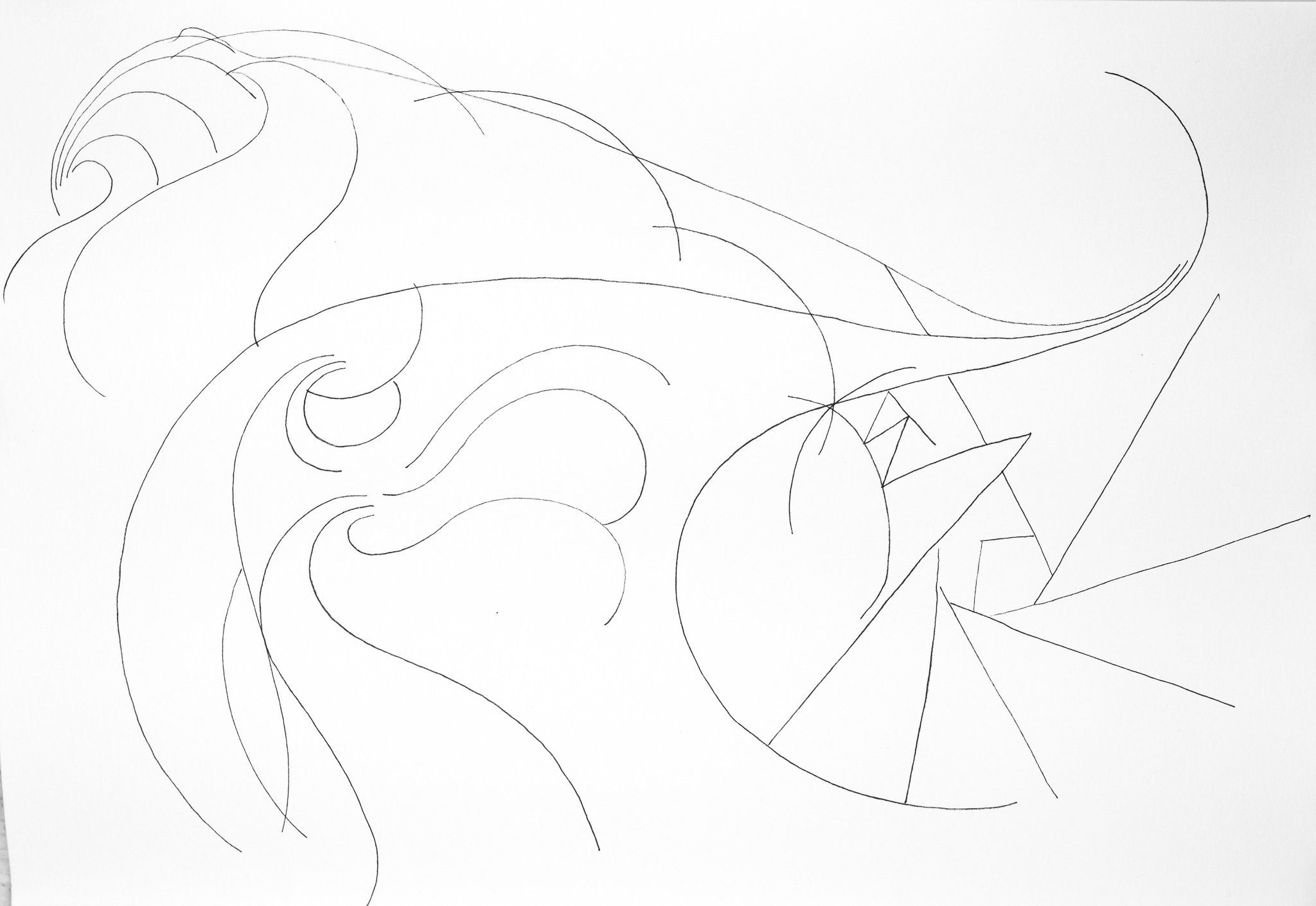
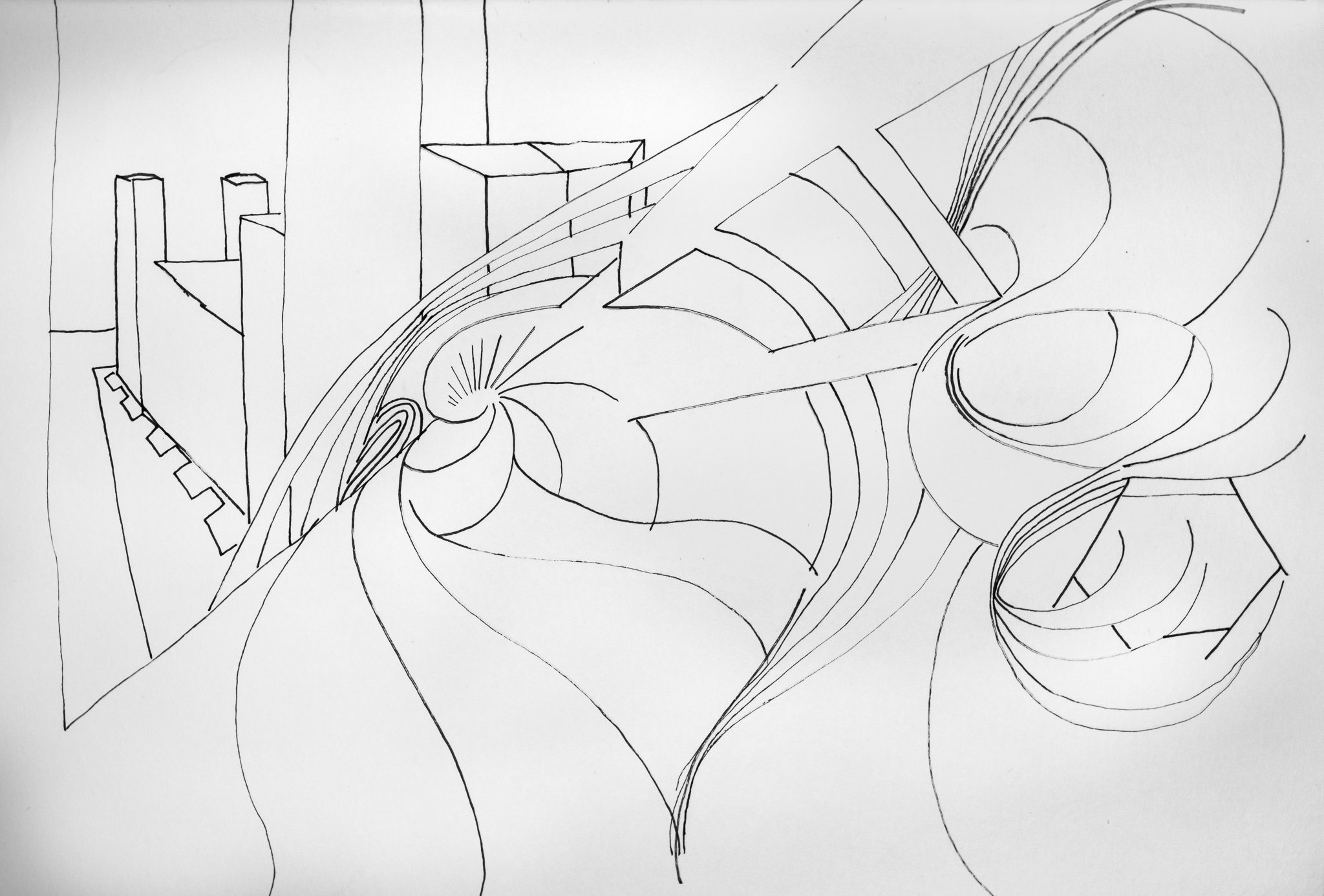
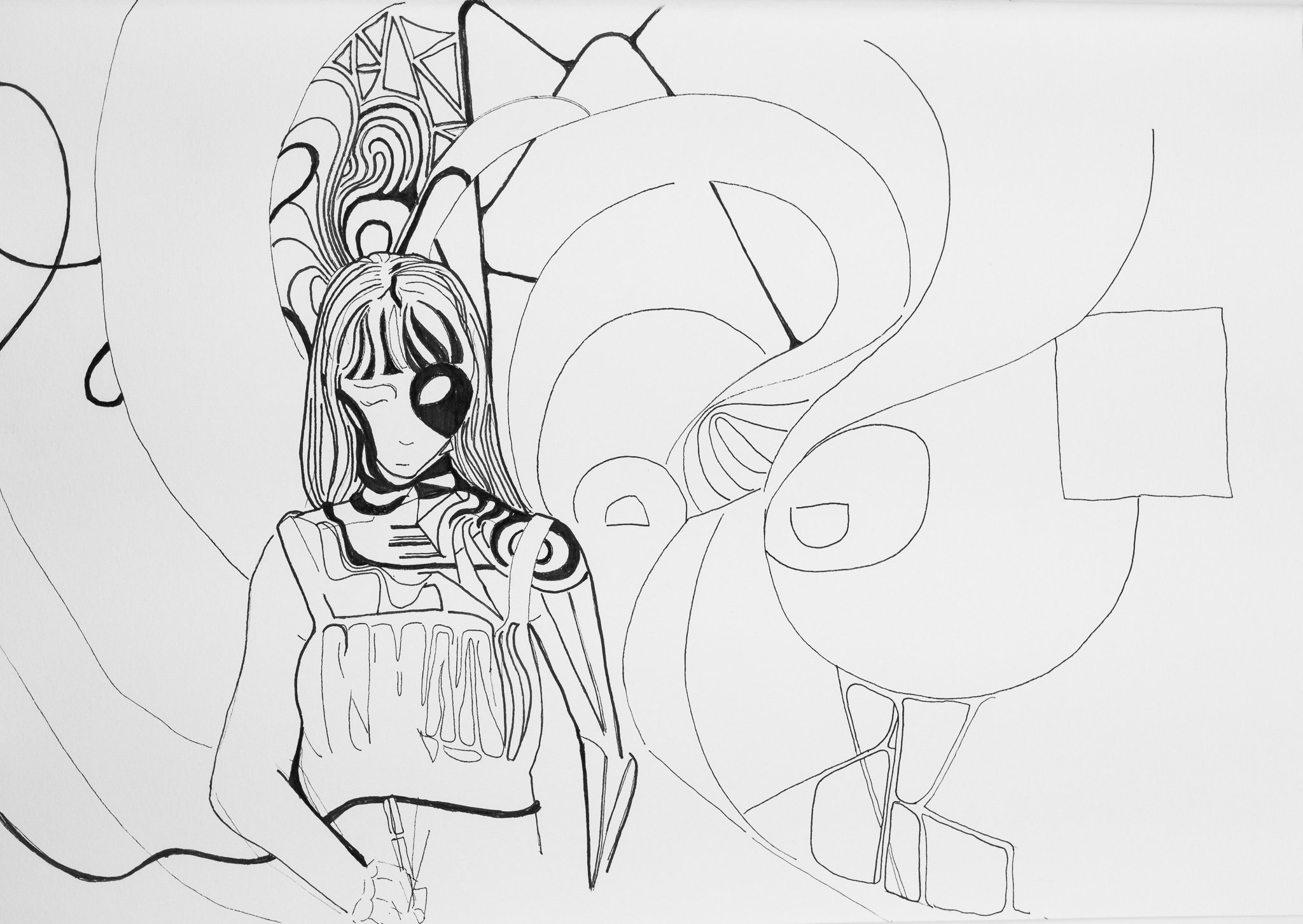
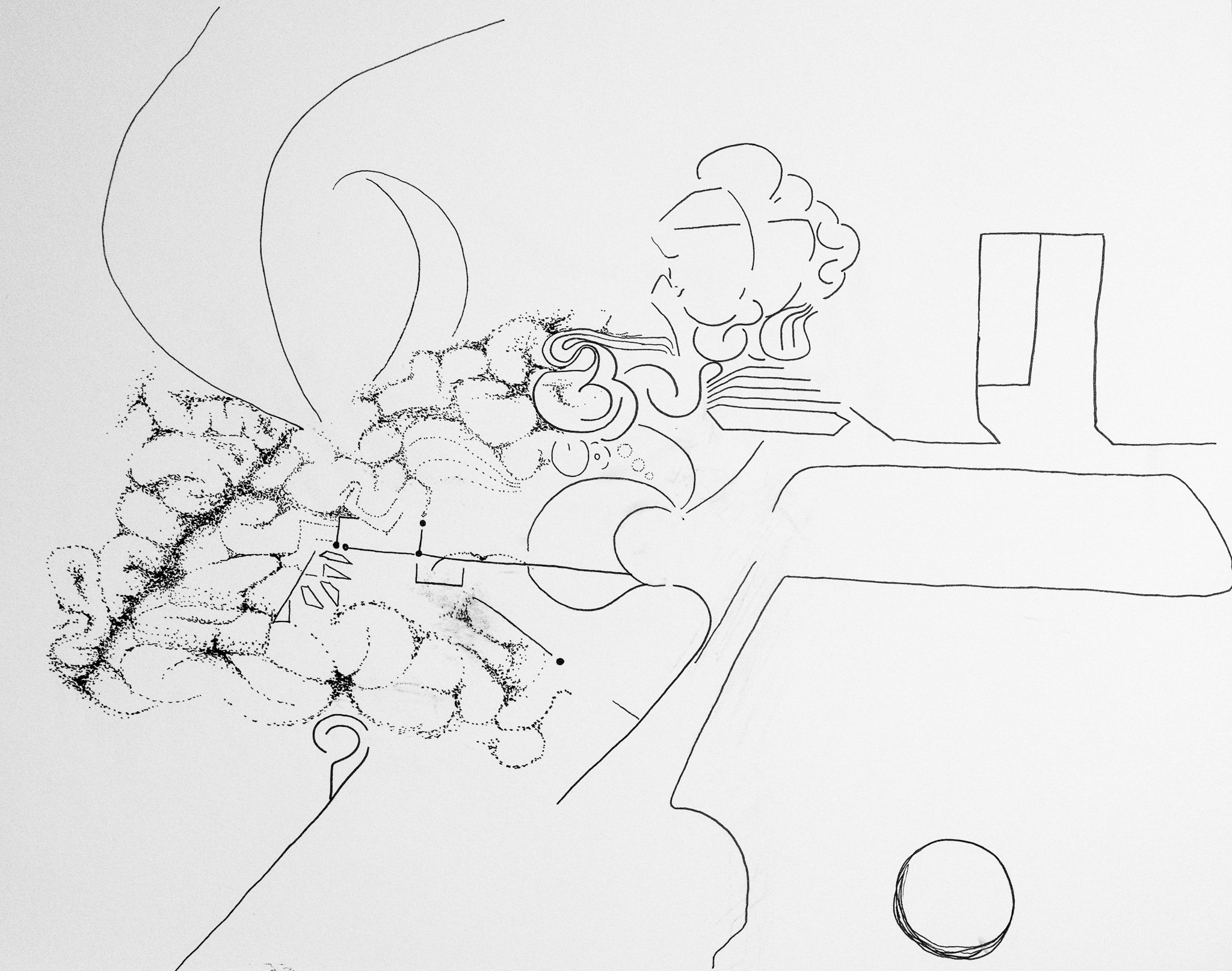
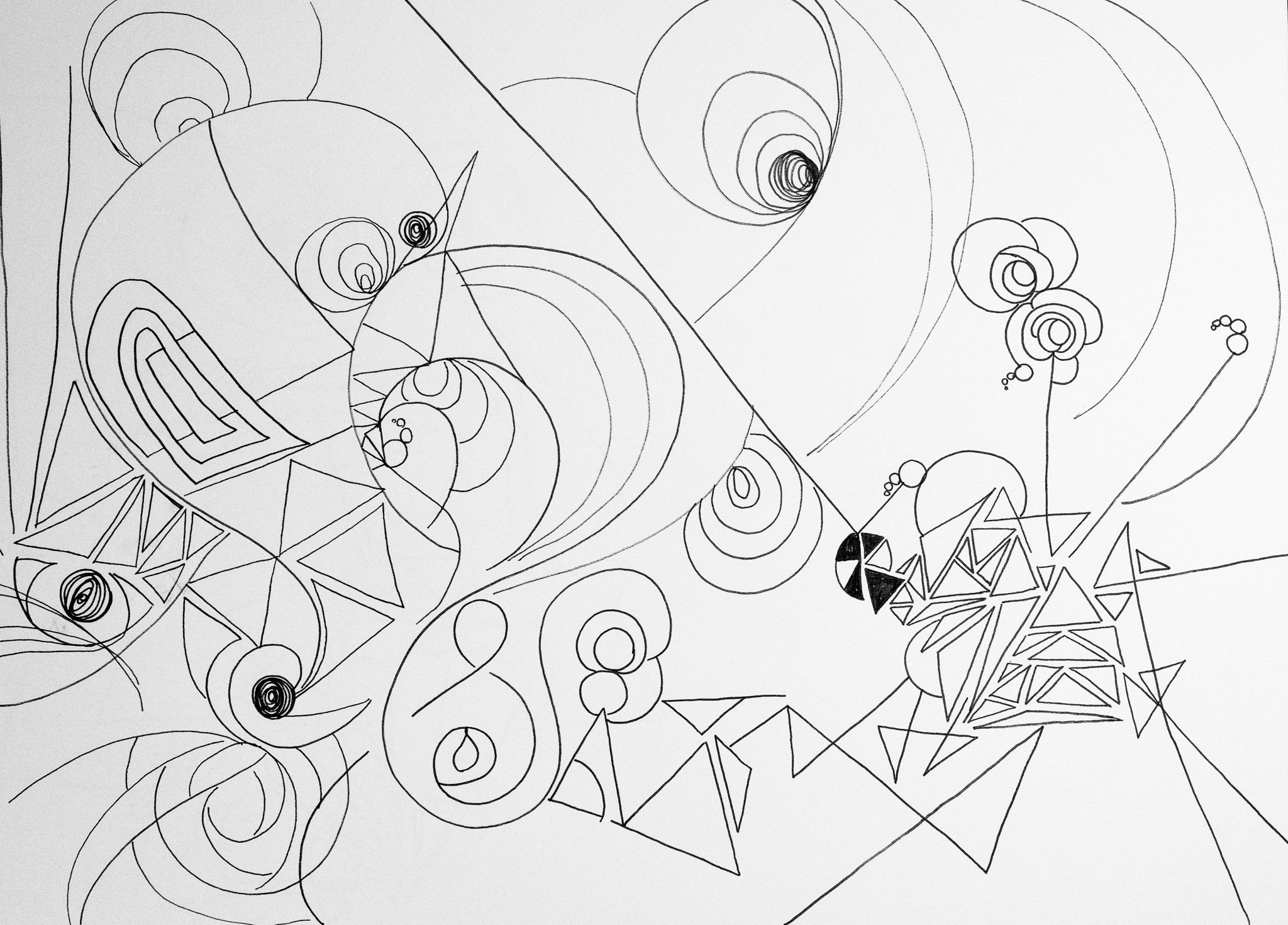

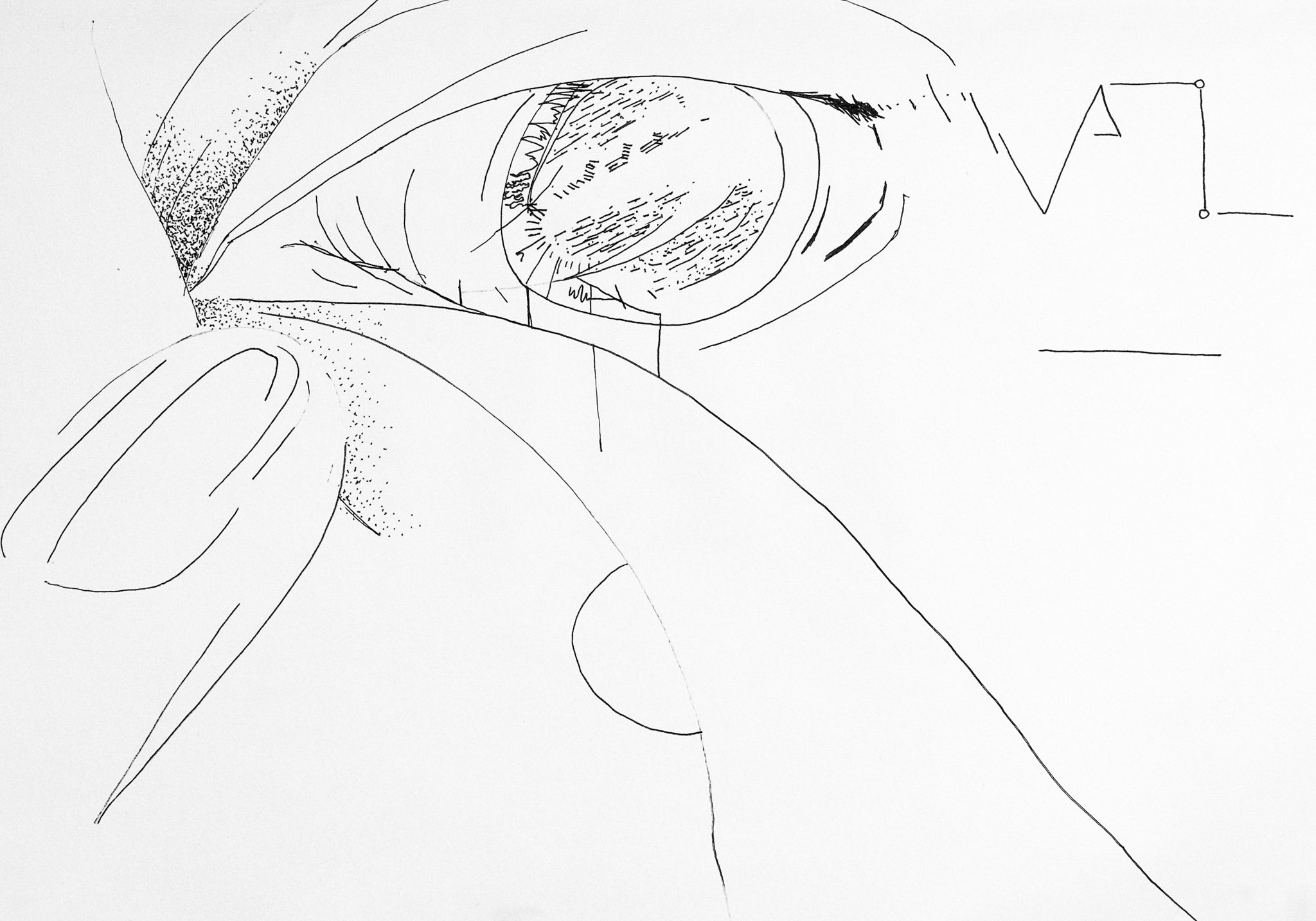
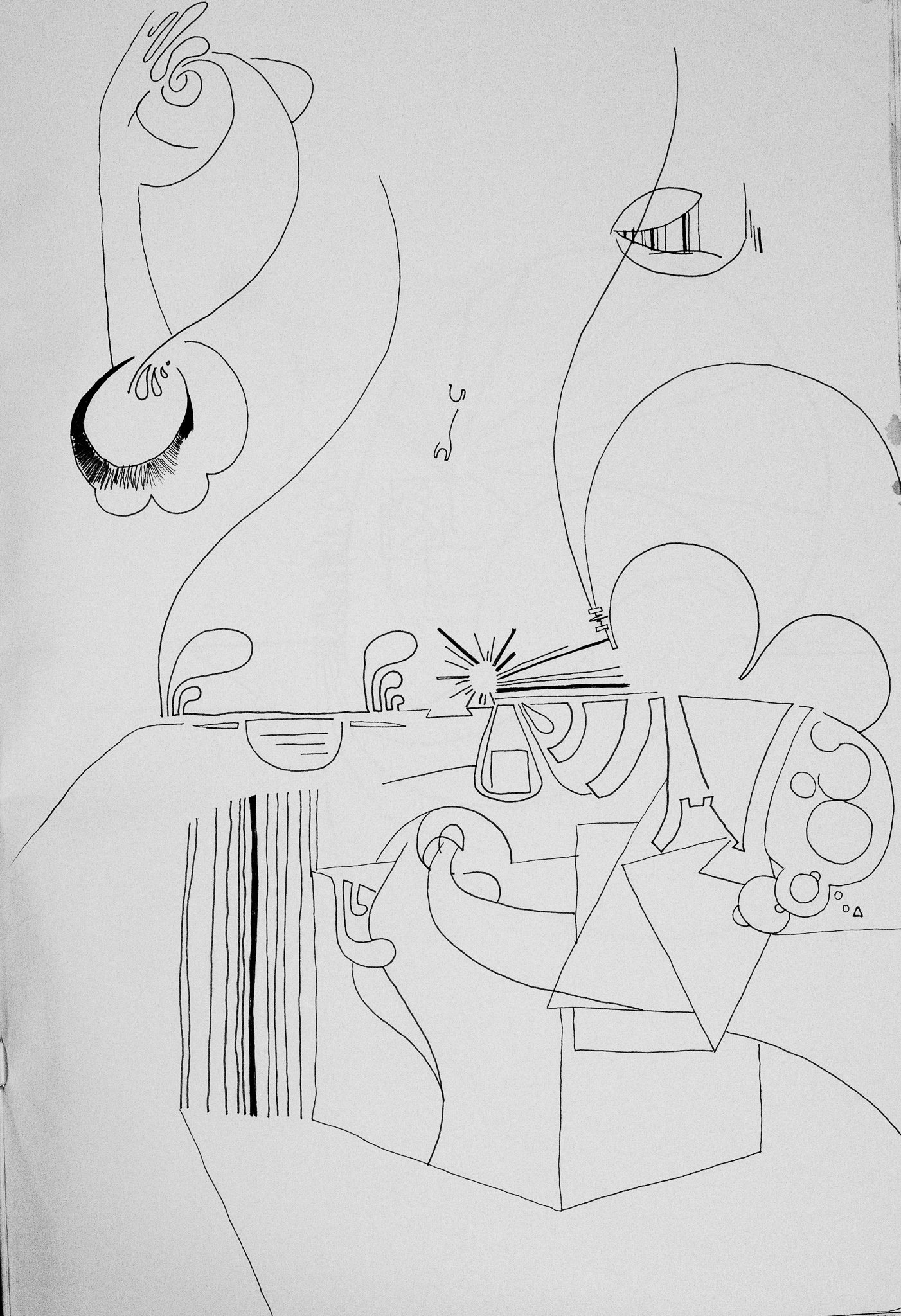
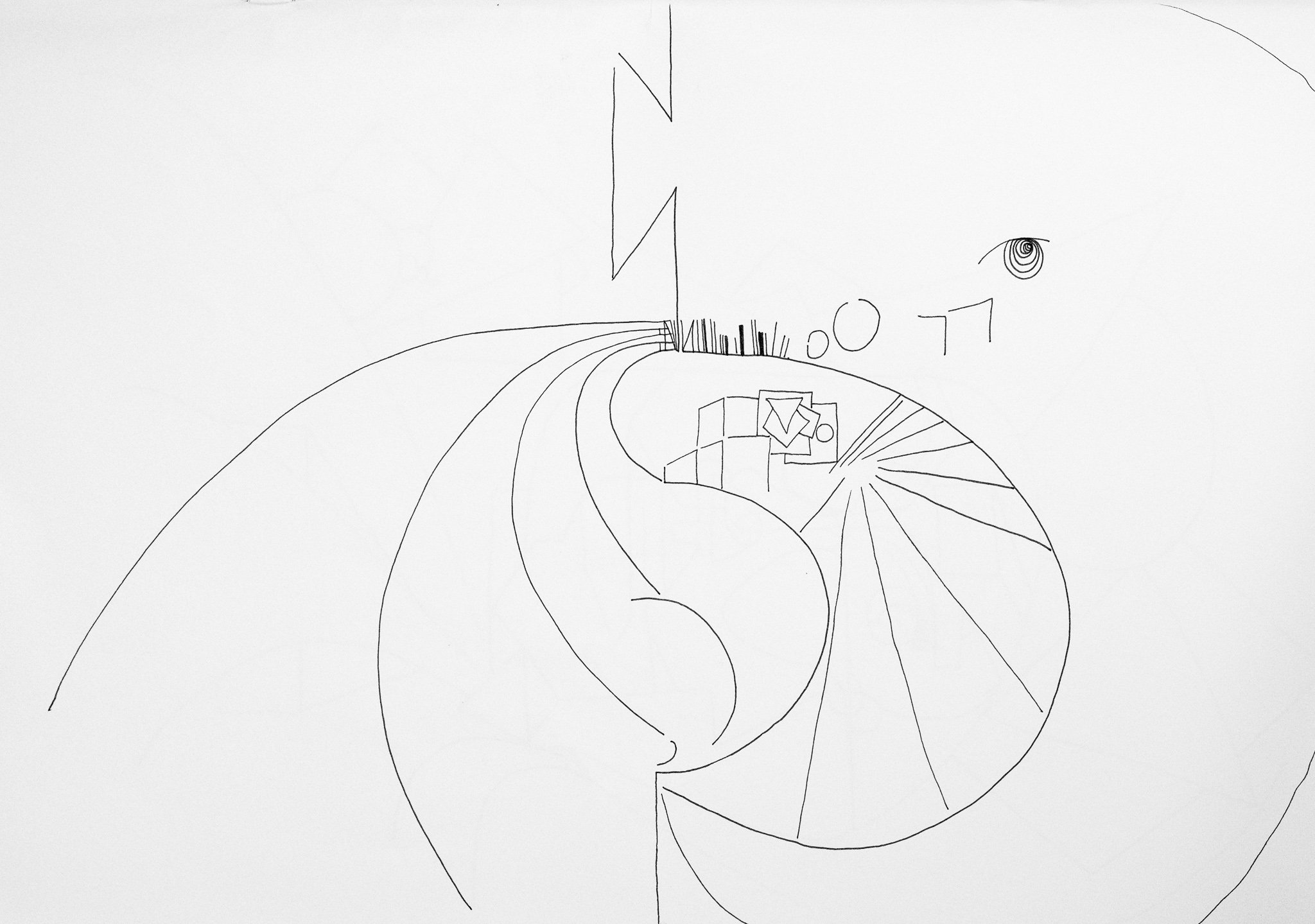
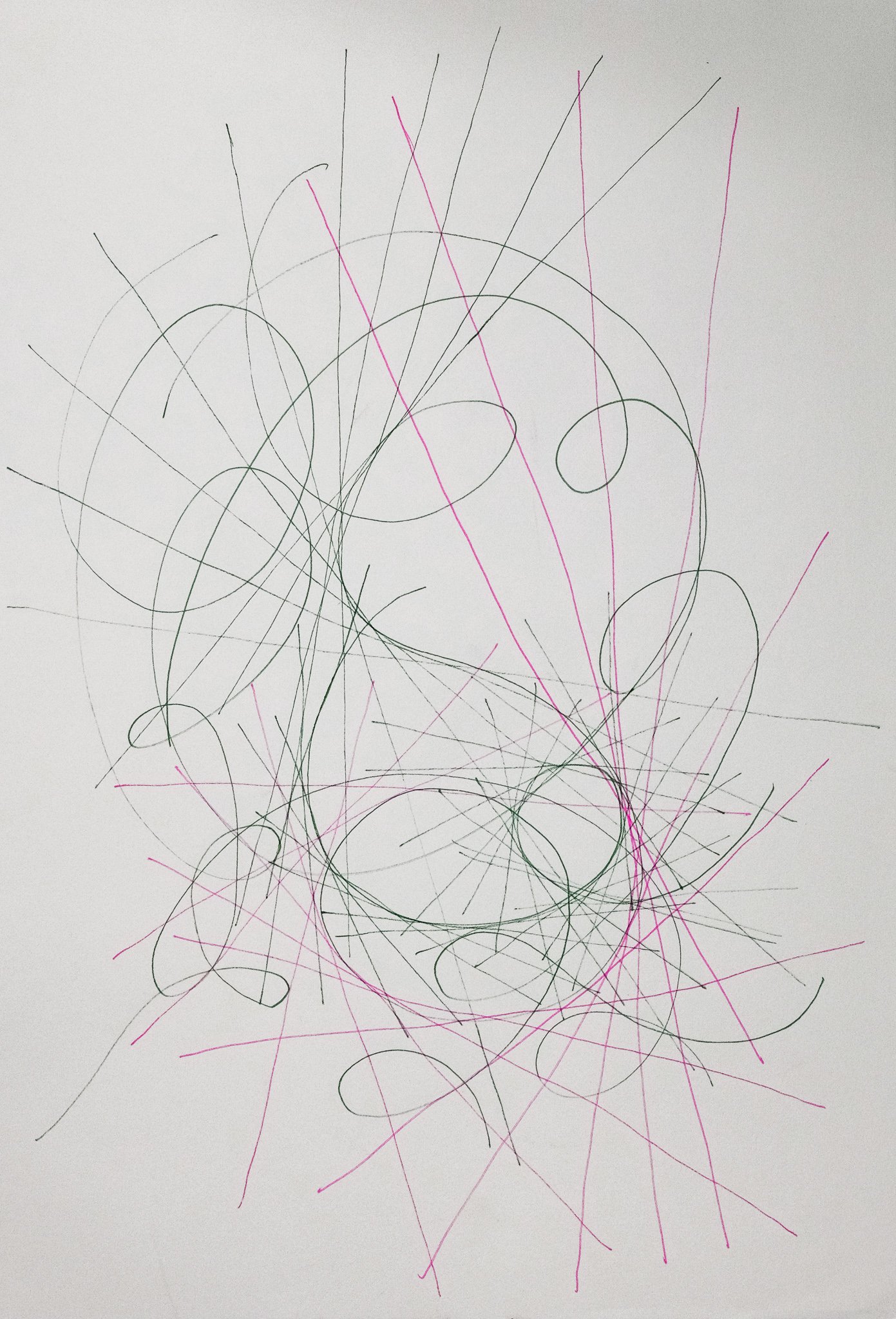

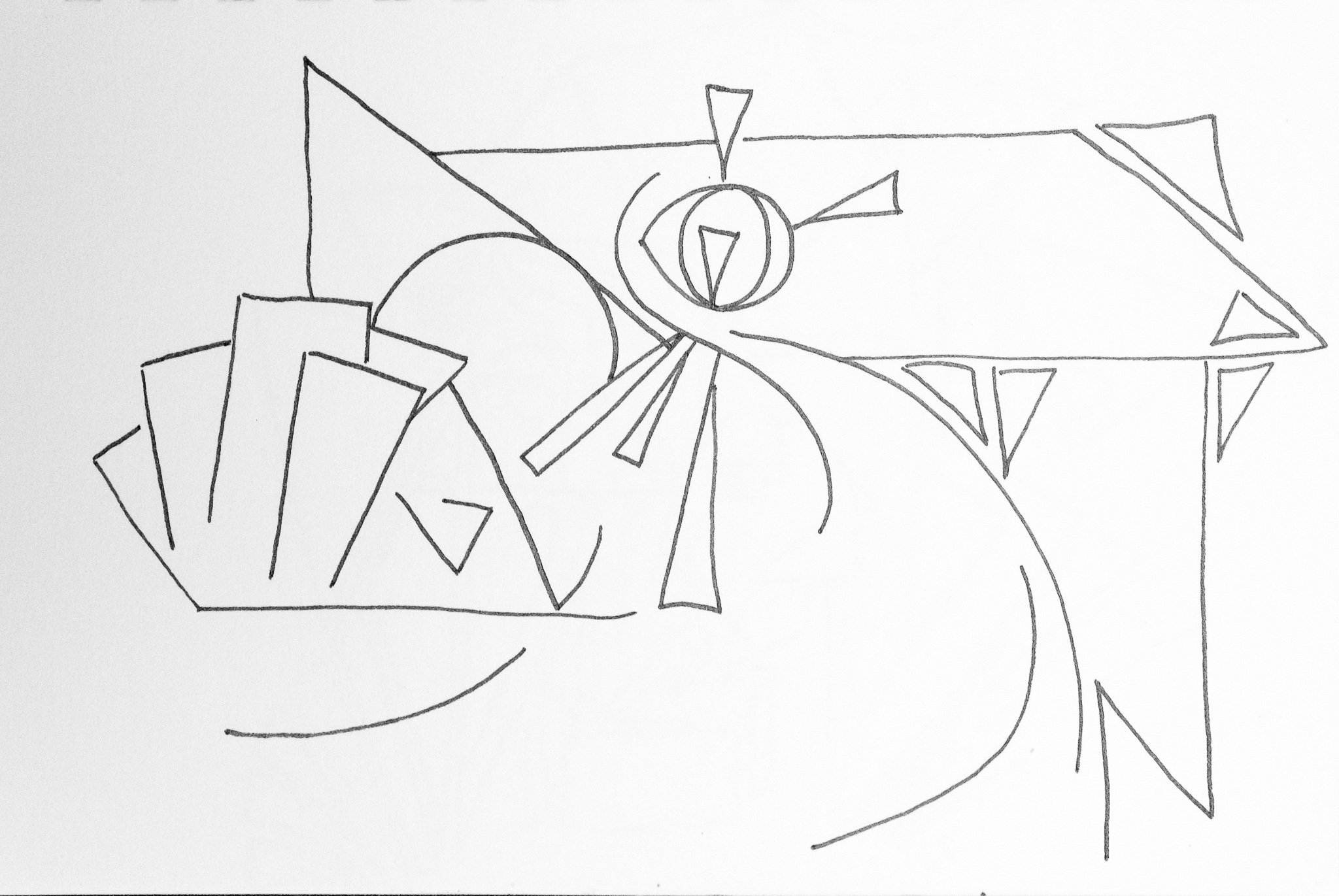
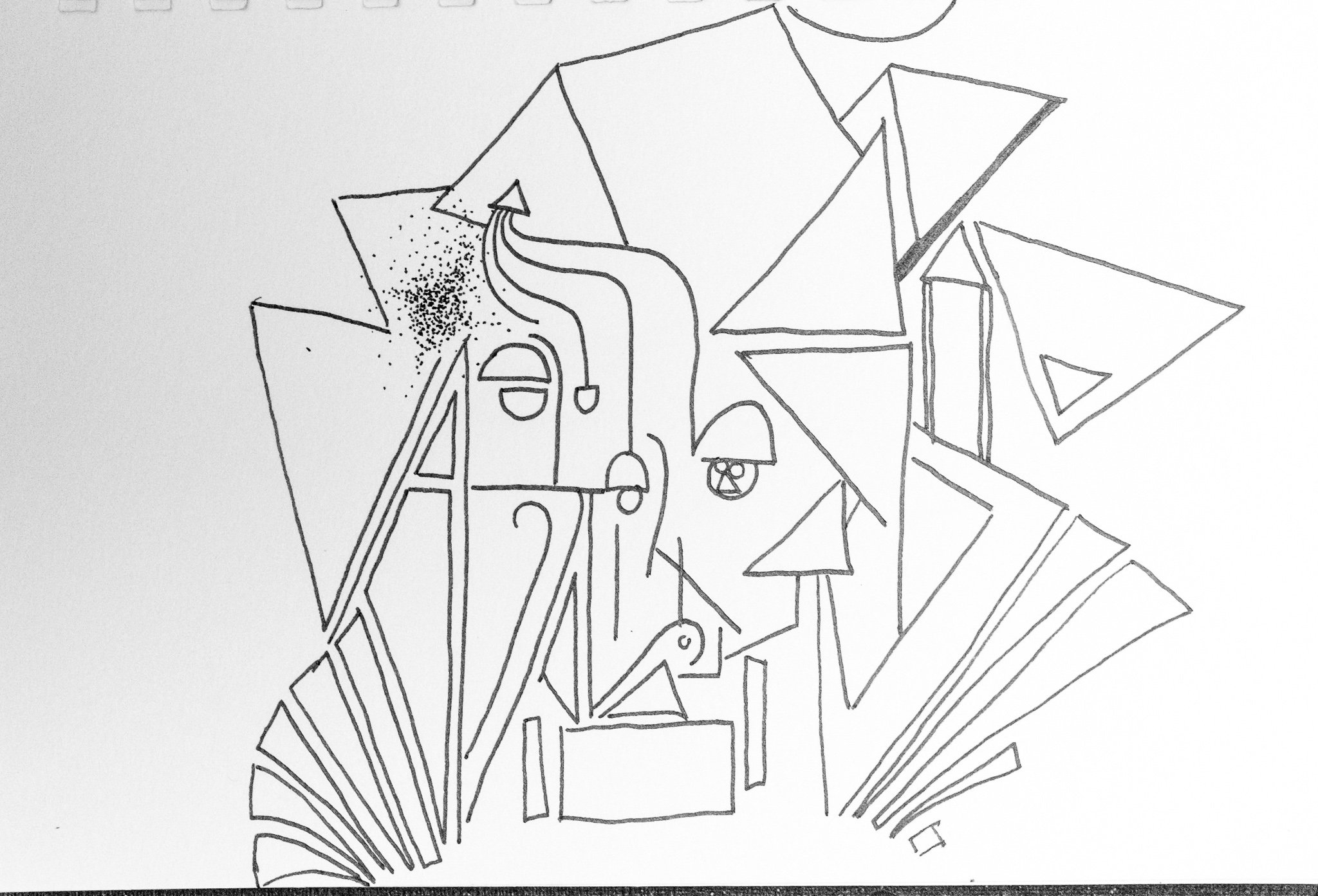
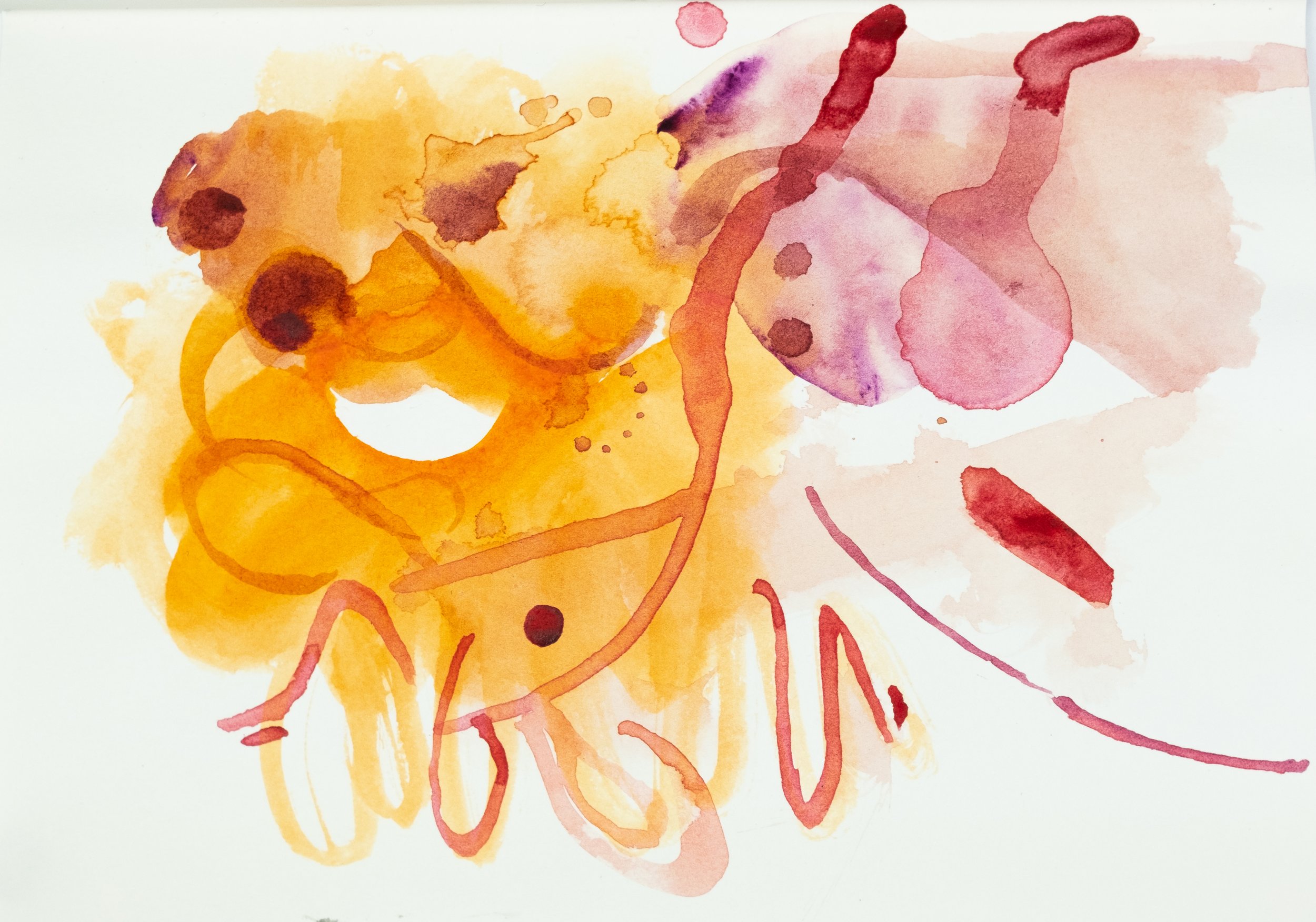
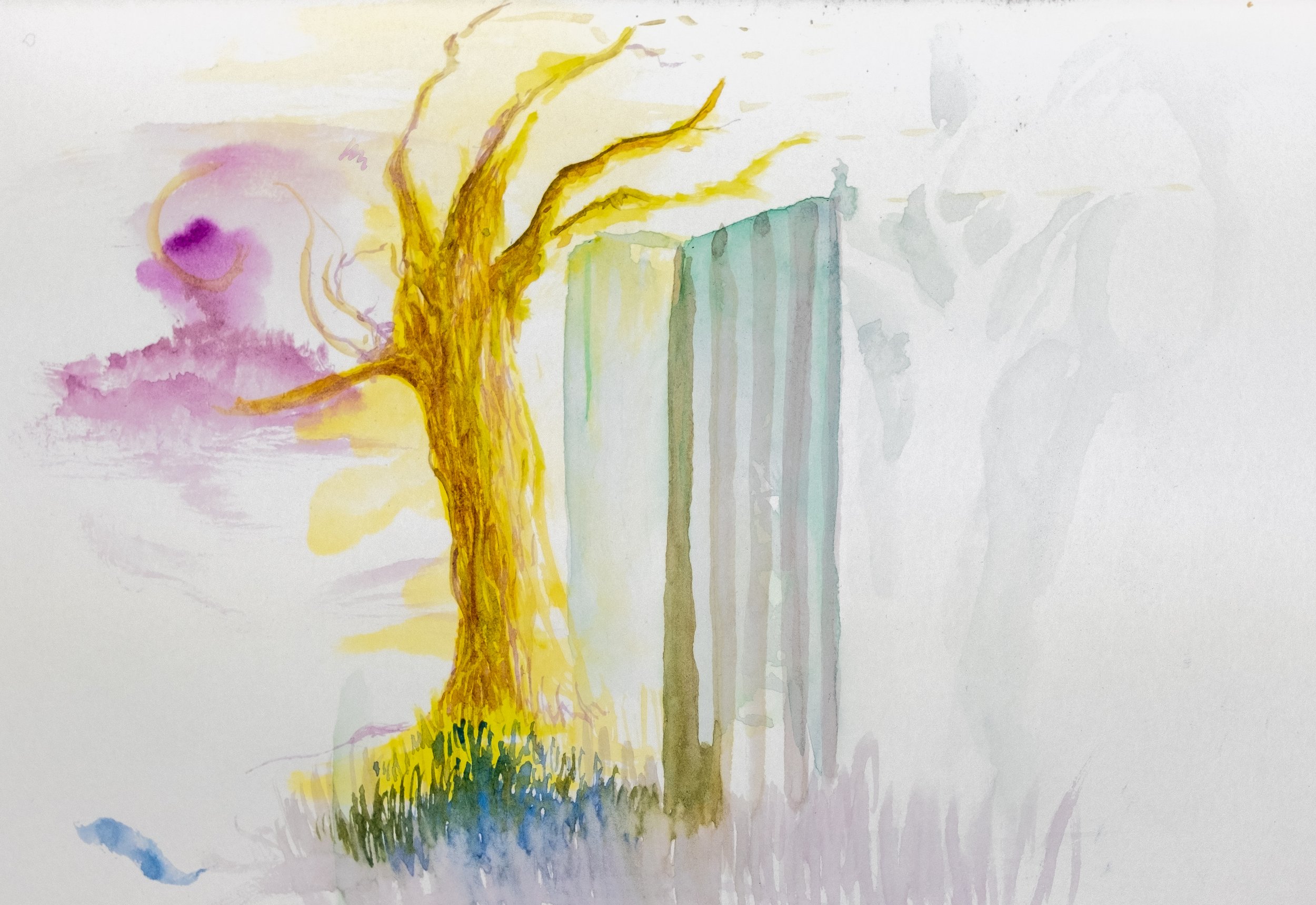
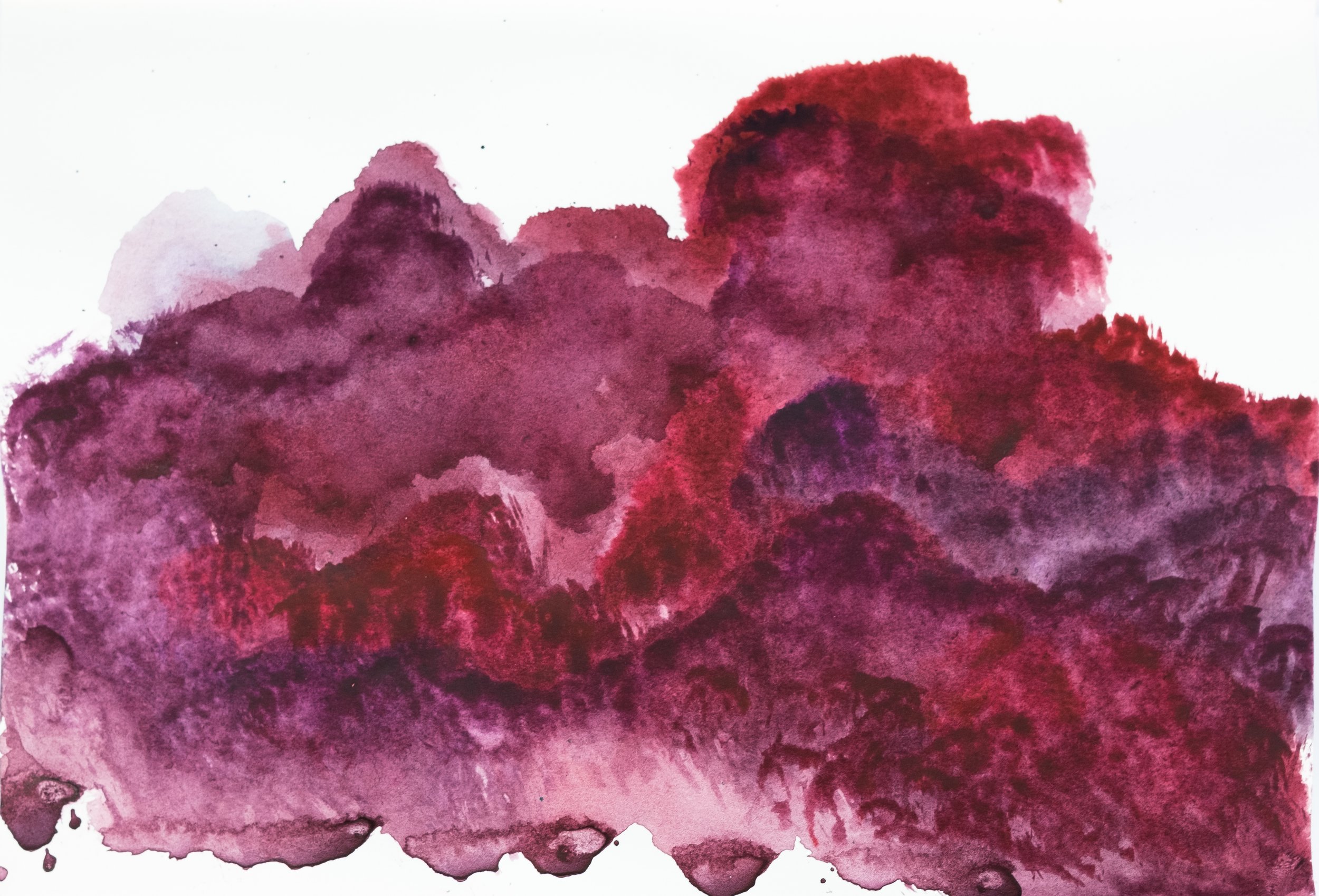
“Automatism as a term is borrowed from physiology, where it describes bodily movements that are not consciously controlled like breathing or sleepwalking.
Psychoanalyst Sigmund Freud used free association and automatic drawing or writing to explore the unconscious mind of his patients.”
There are many artists who use automatism to guide their creative process, from whom I have drawn much inspiration for my own mindscapes.
Kandinsky, Dorothea Tanning, Hilma af Klint & Helen Frankenthaler worked in various different mediums, but had their own unique artistic vocabulary for each. Their process of creating was similar, but each wield different results.
Kandinsky painted with very little reference to the physical world, created purely impulsive works of expressive colour. Dorothea Tanning, incorporated her surroundings in her work, with many of her automated paintings including her dog, Kachina. Hilma af Klint responded to her own spiritual beliefs and felt her hand guided by spirits, communicating something ethereal and transcendental.
Creating in this way, allows subconscious thought to influence the artists movement of their tools, and even determine their choice of colour and form. Jung was interested how art could reveal the individual’s subconscious, and allow for deeper psychoanalysis.








